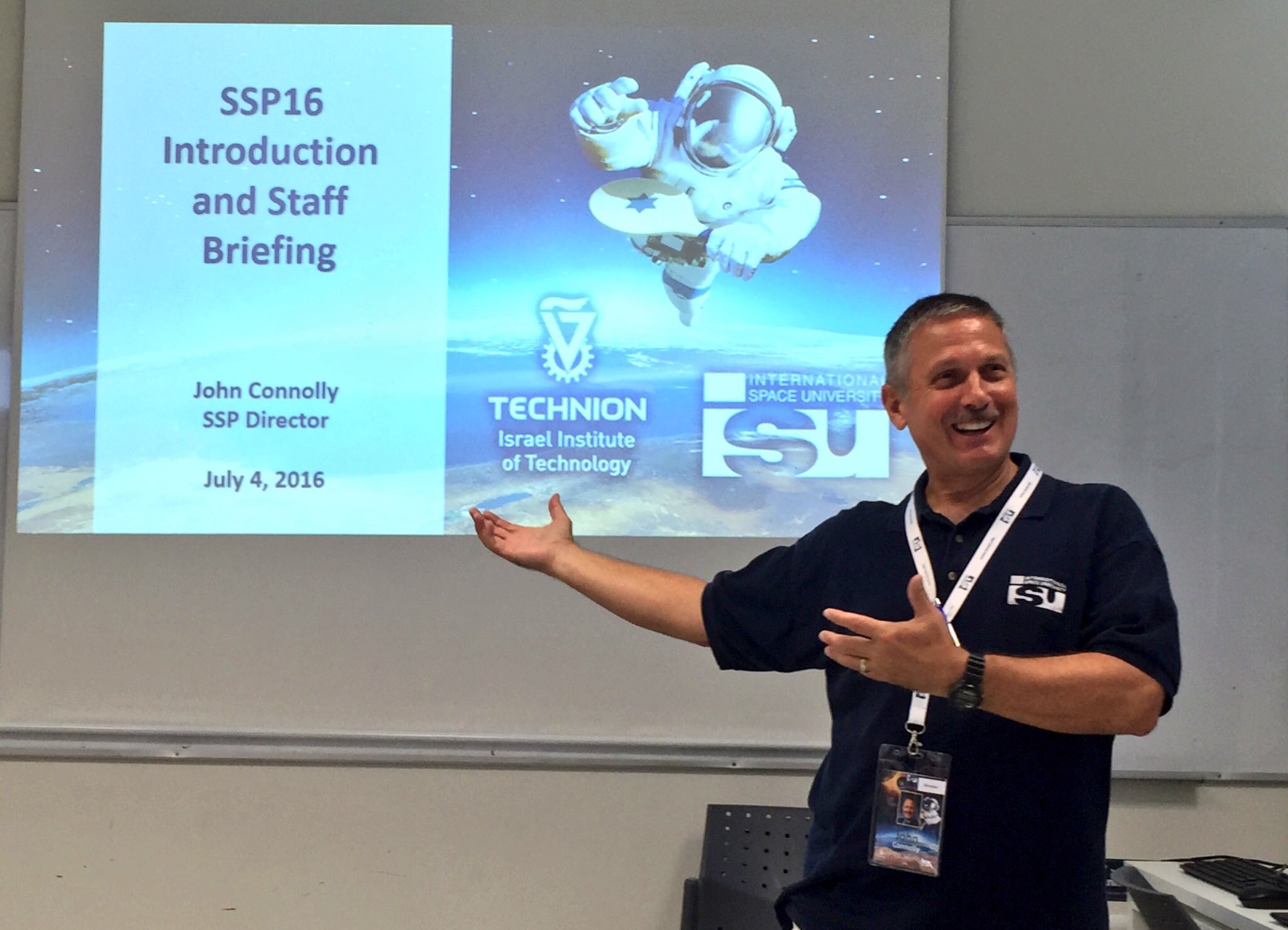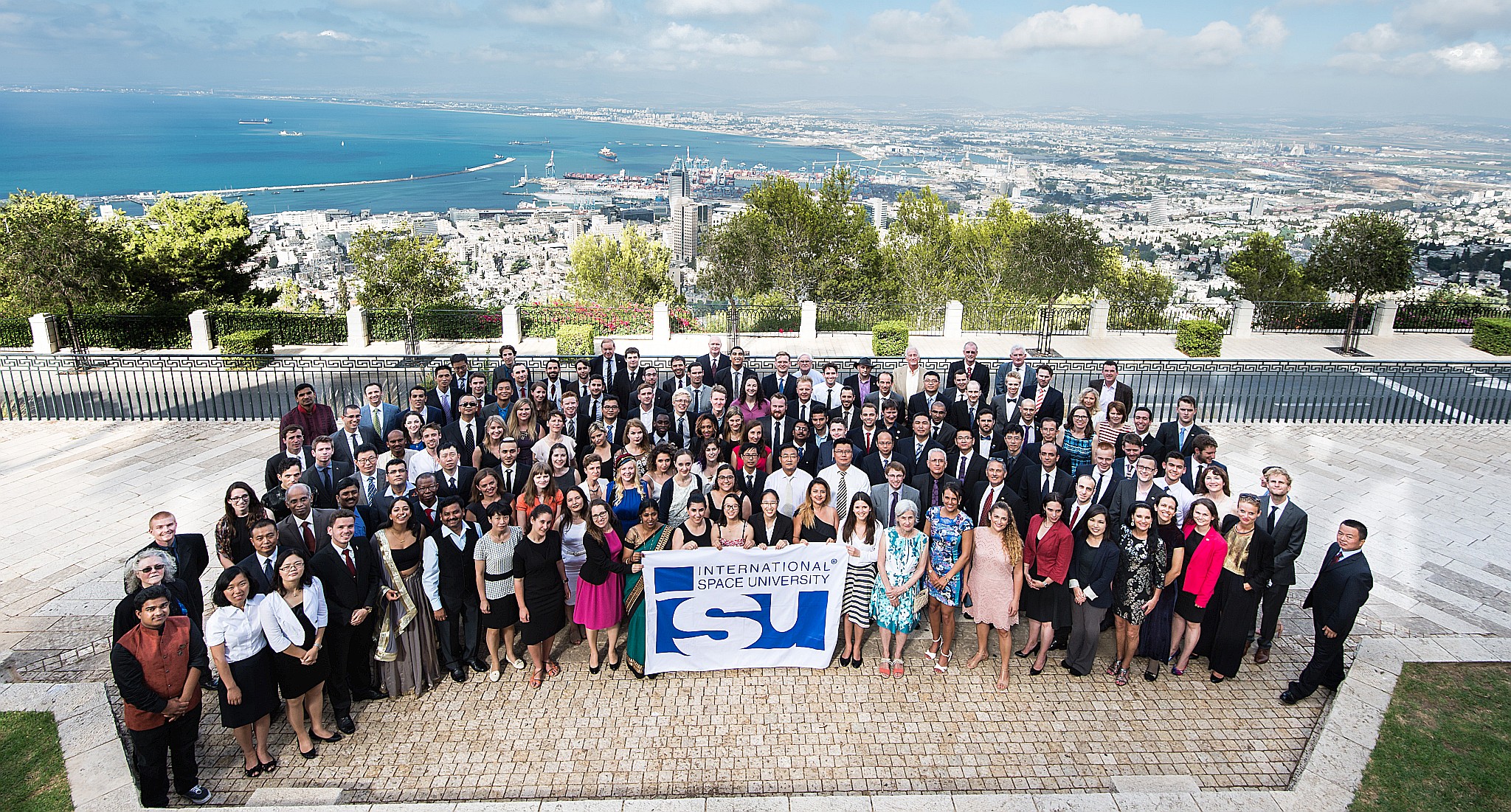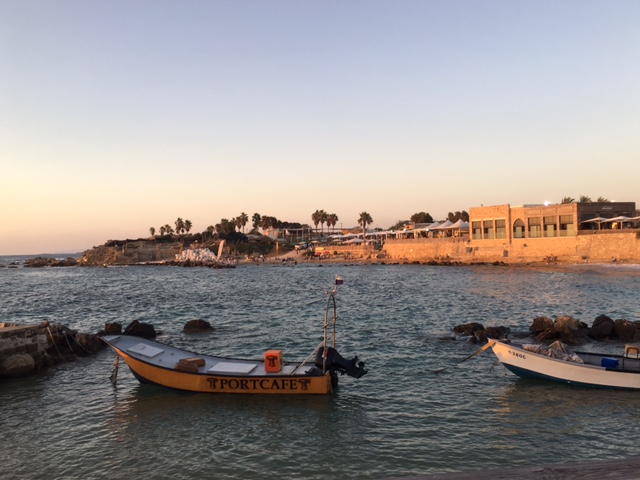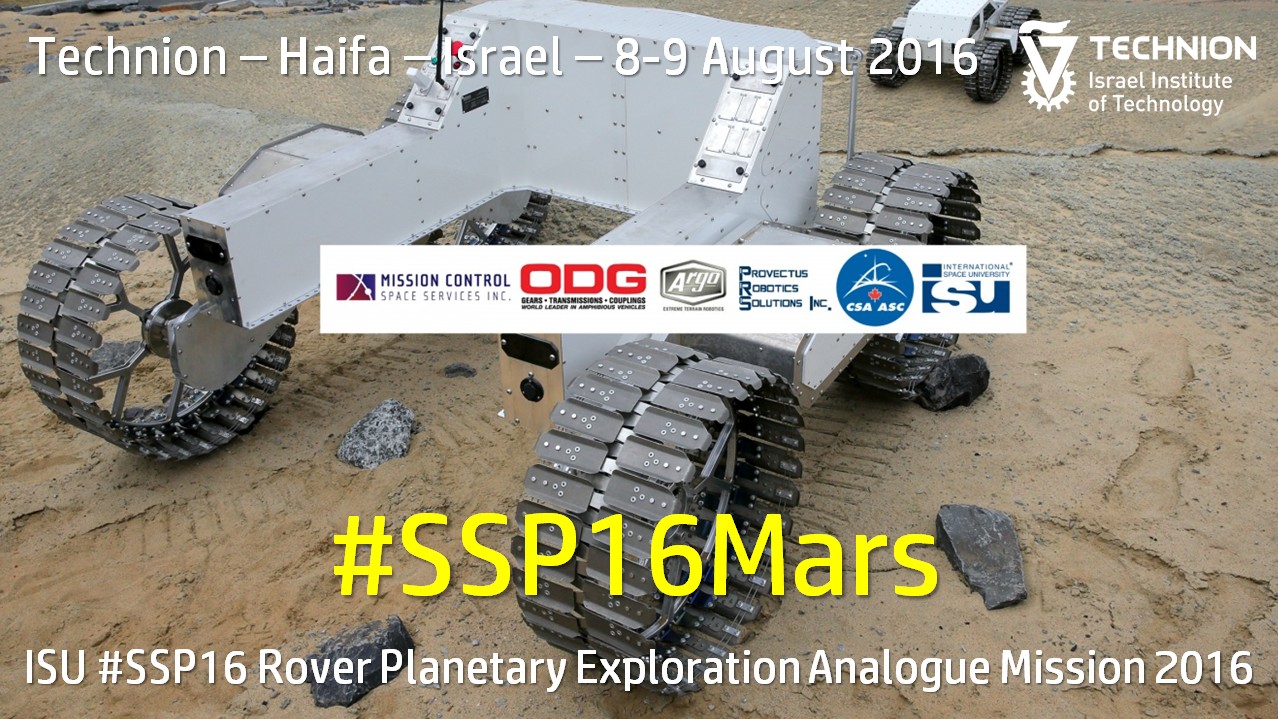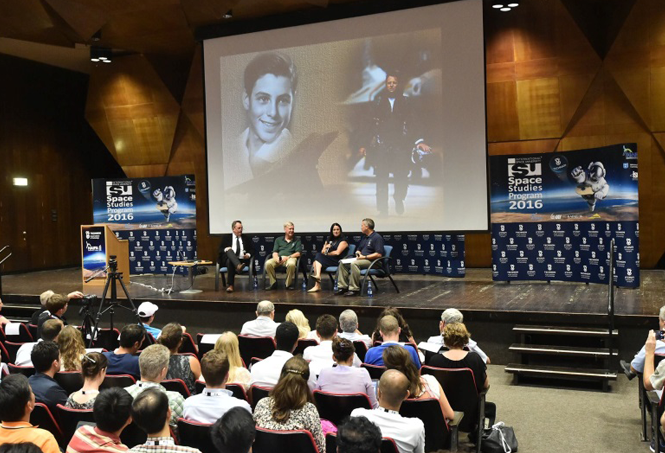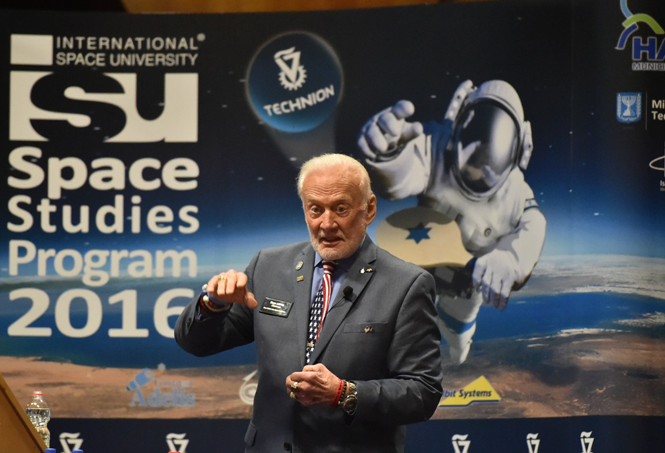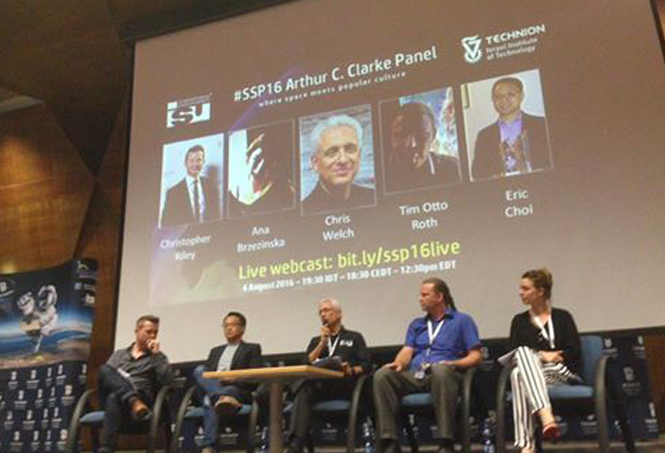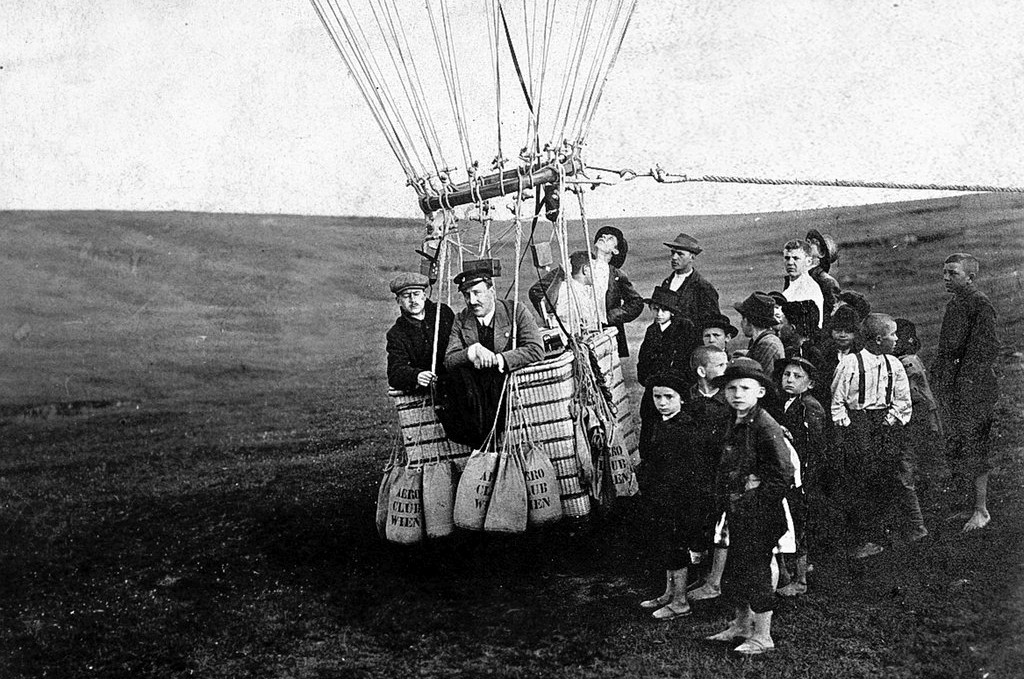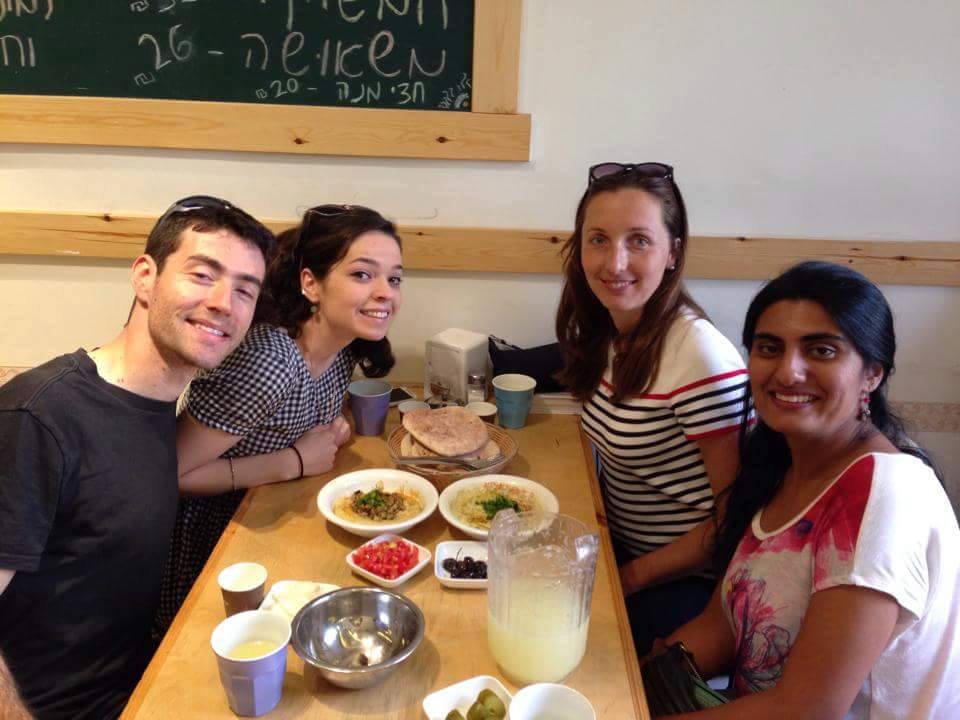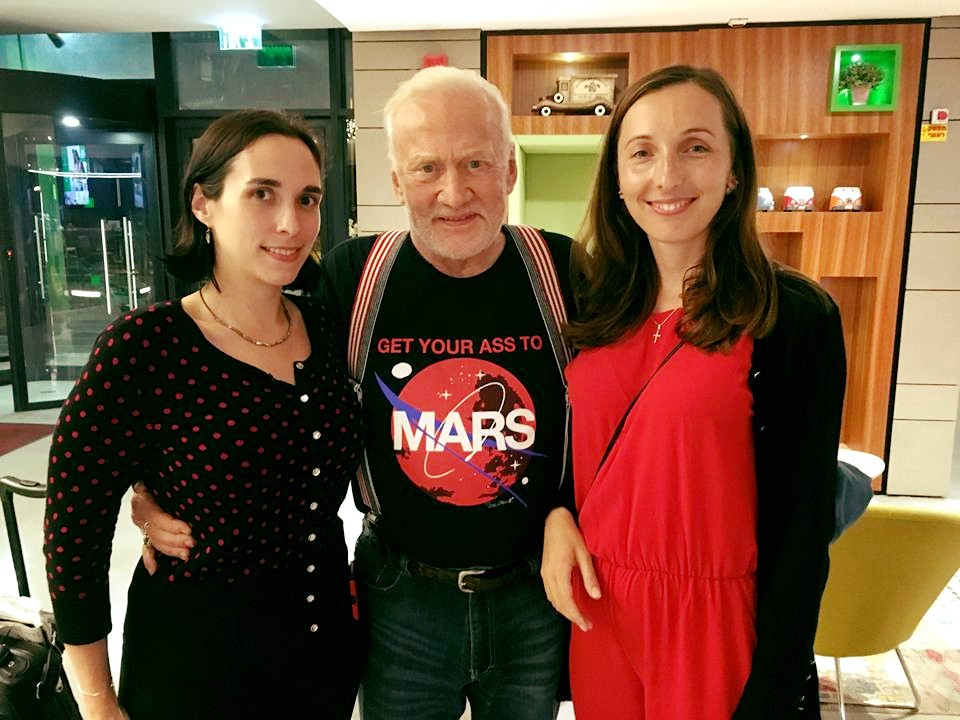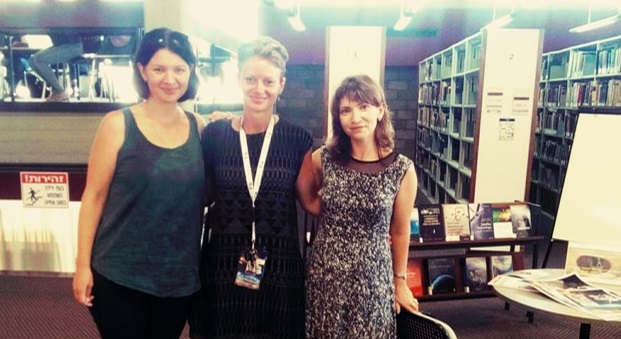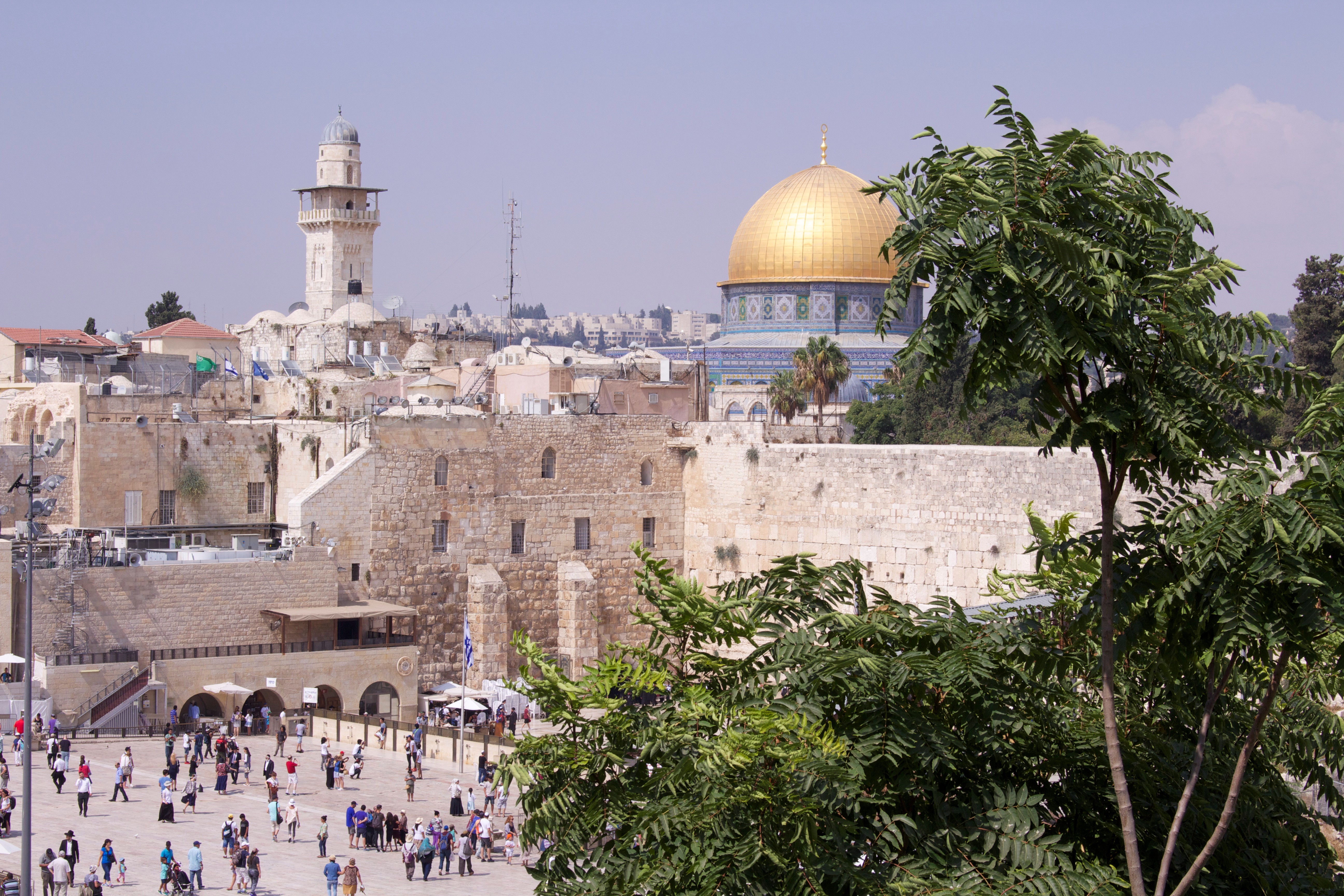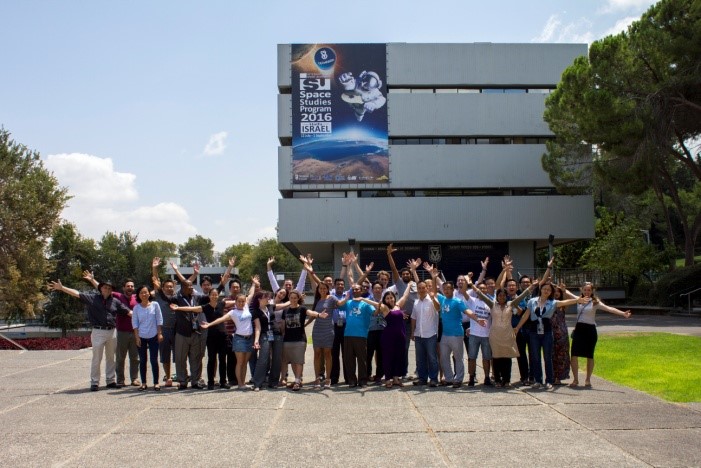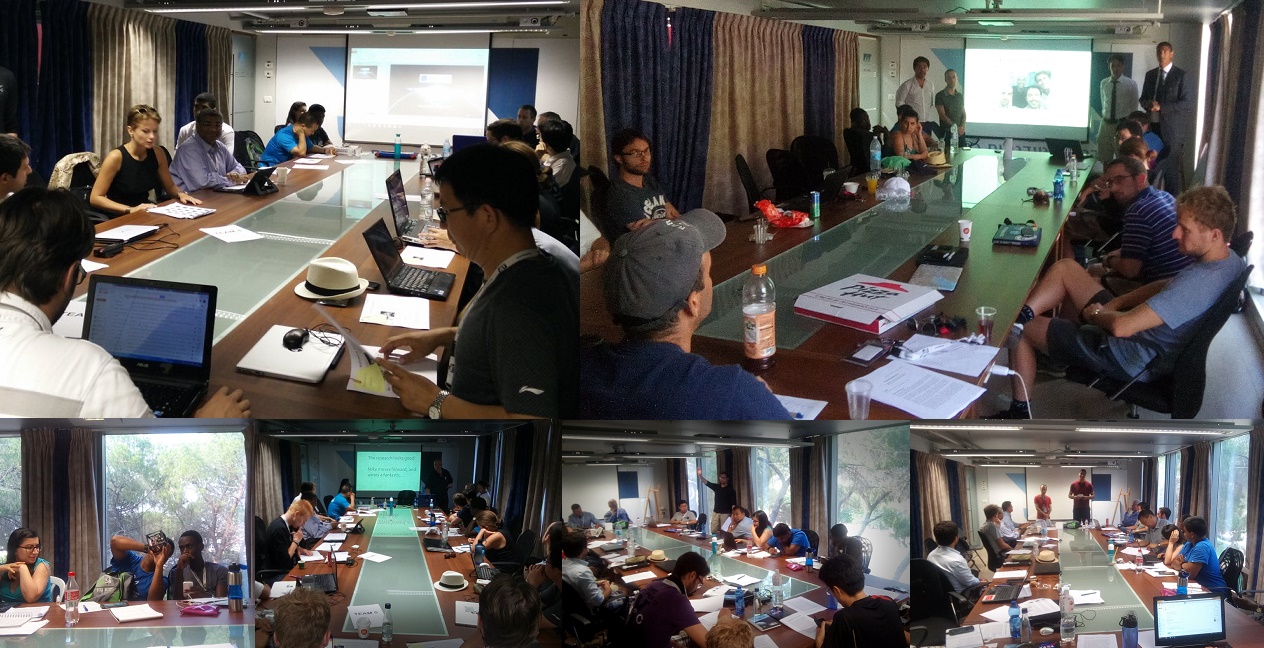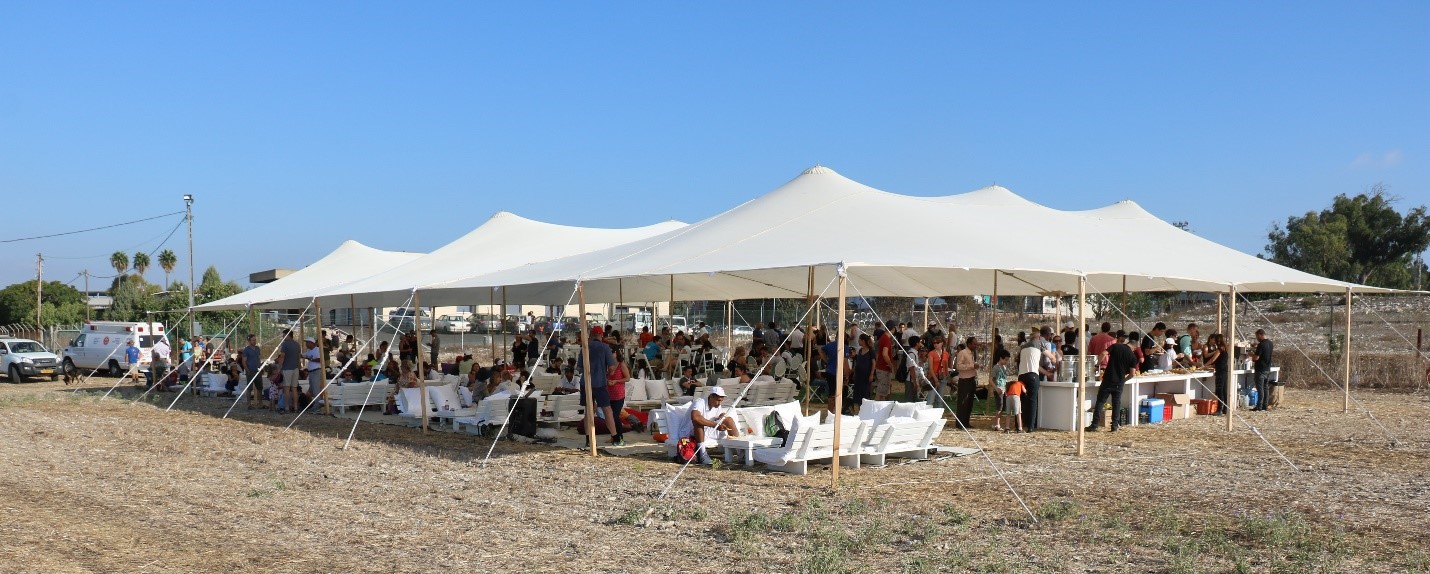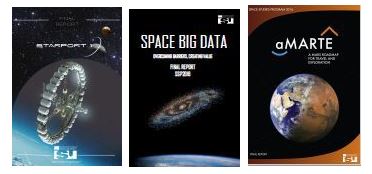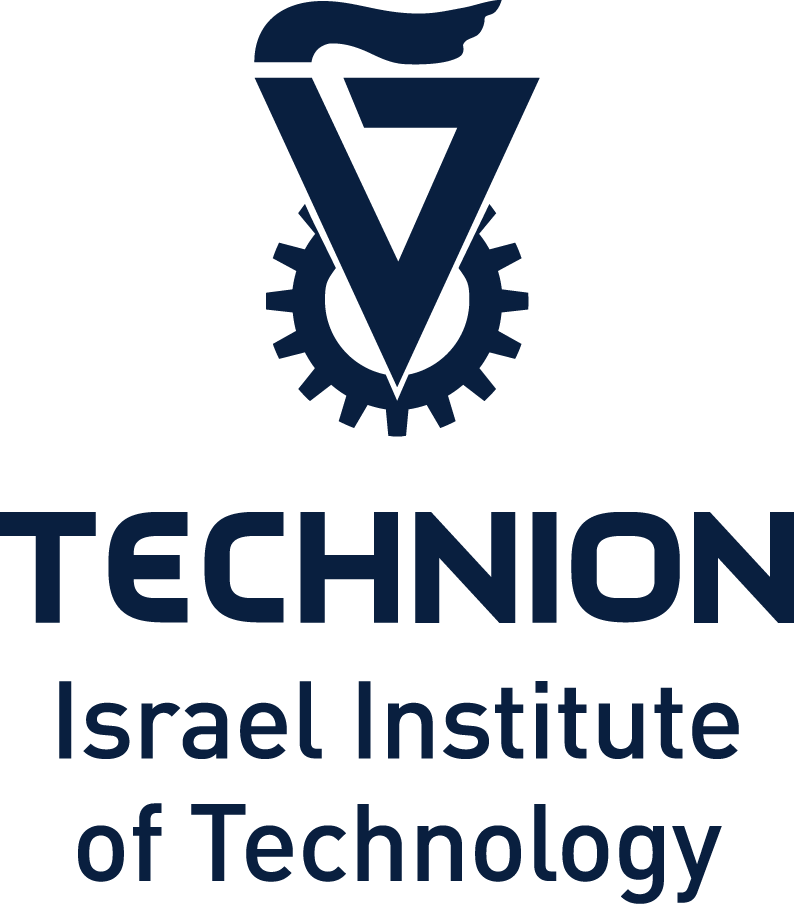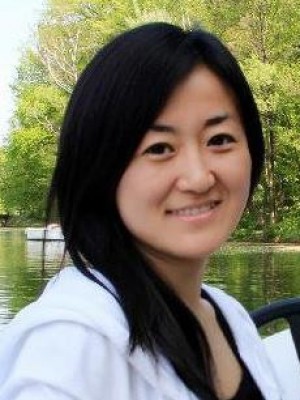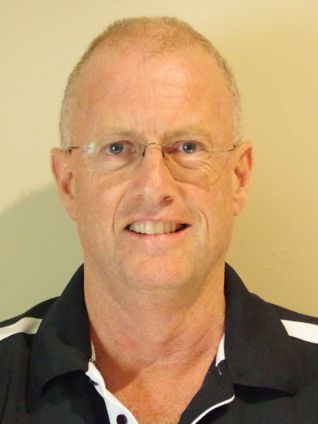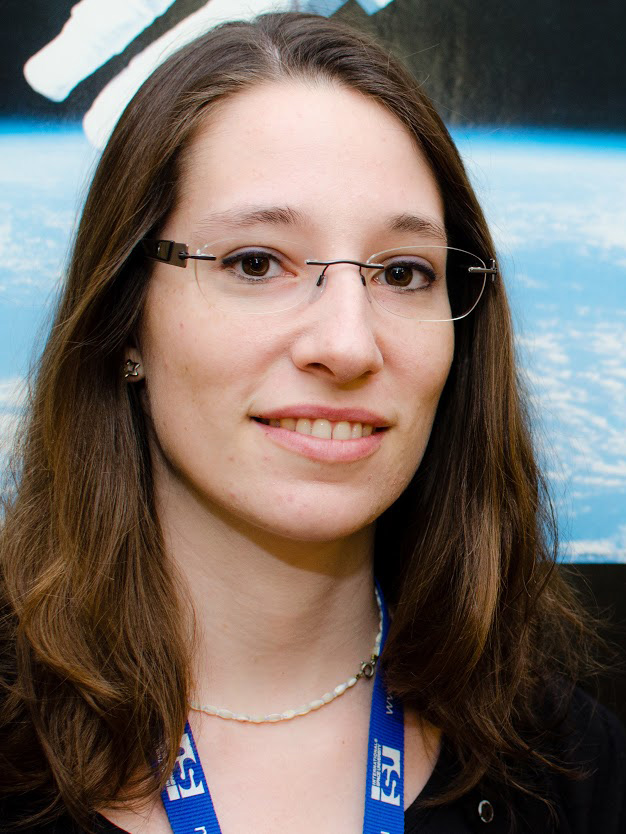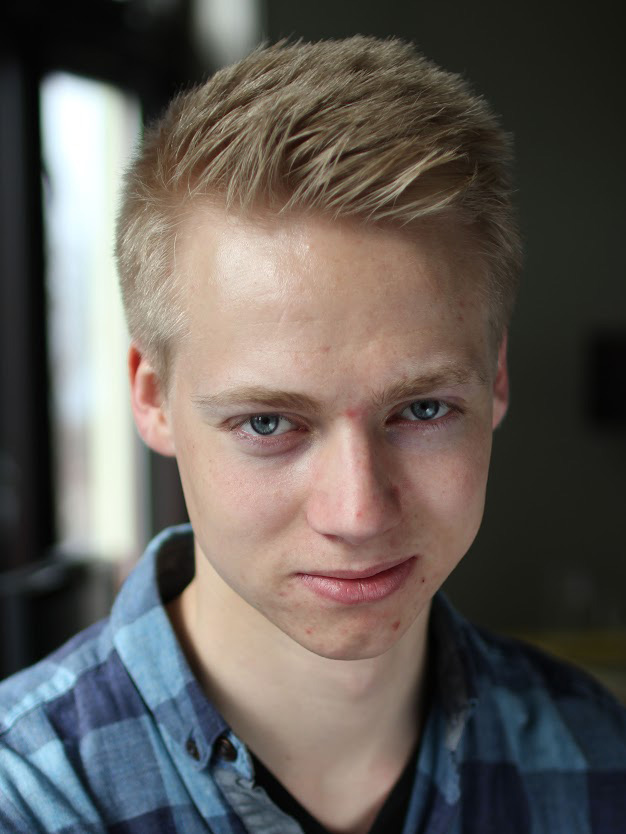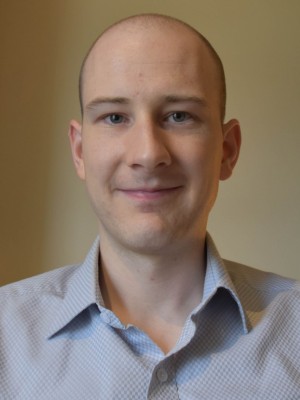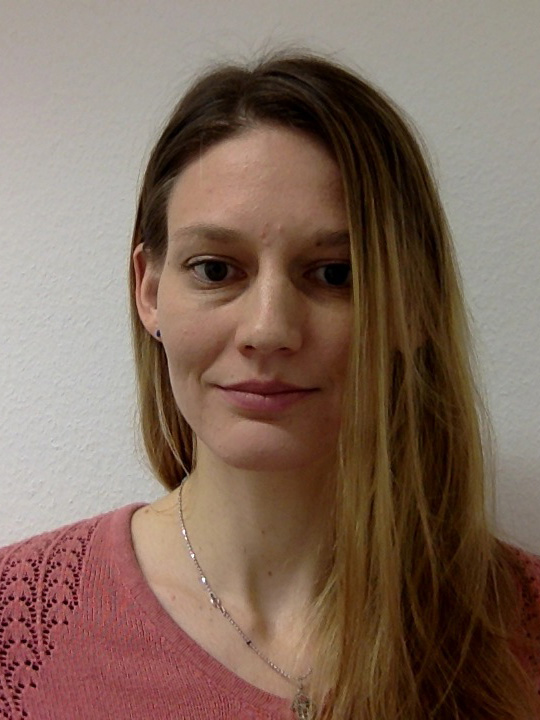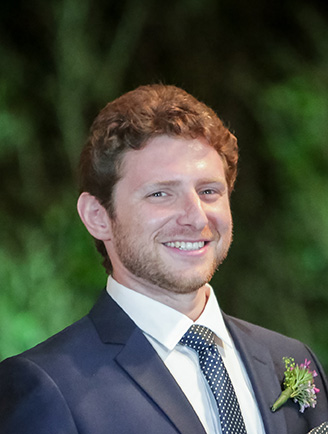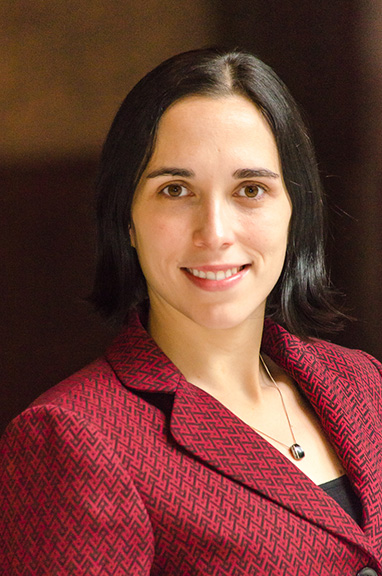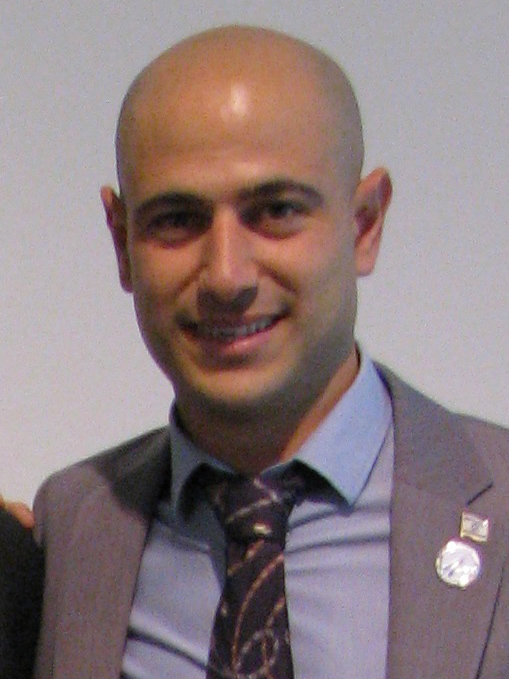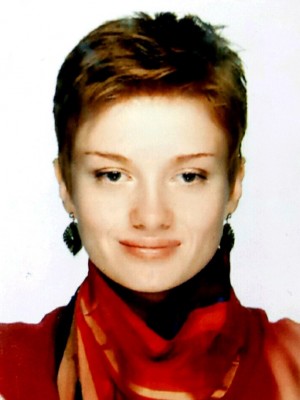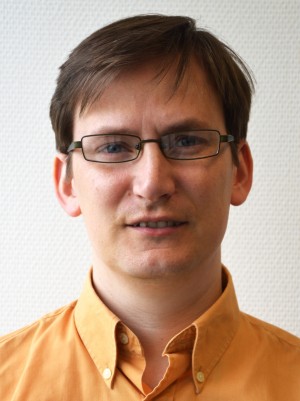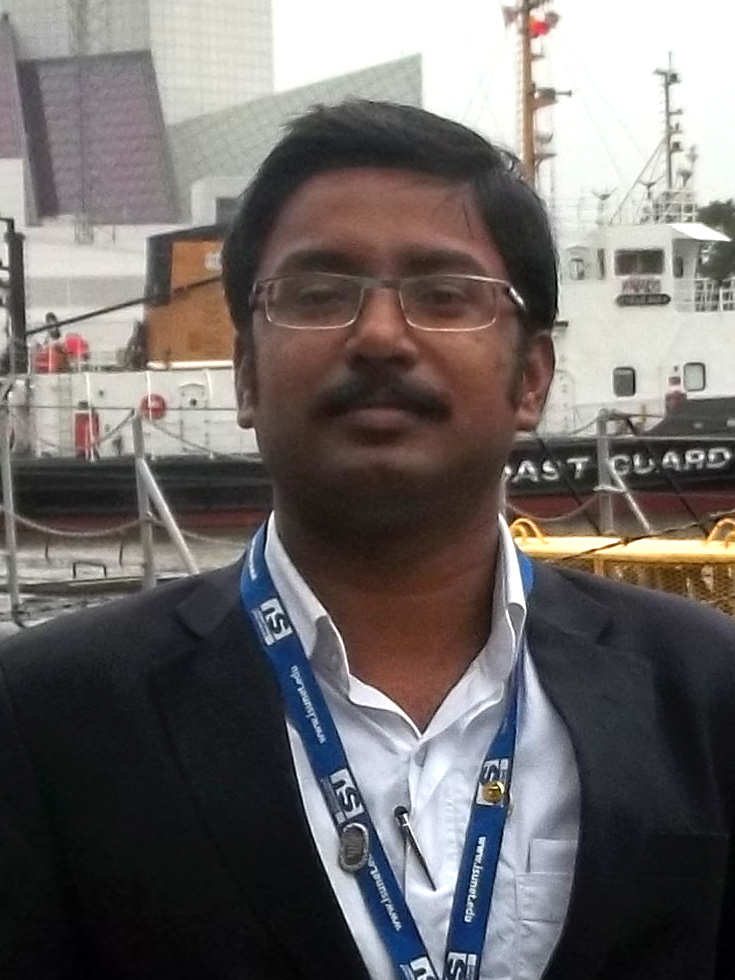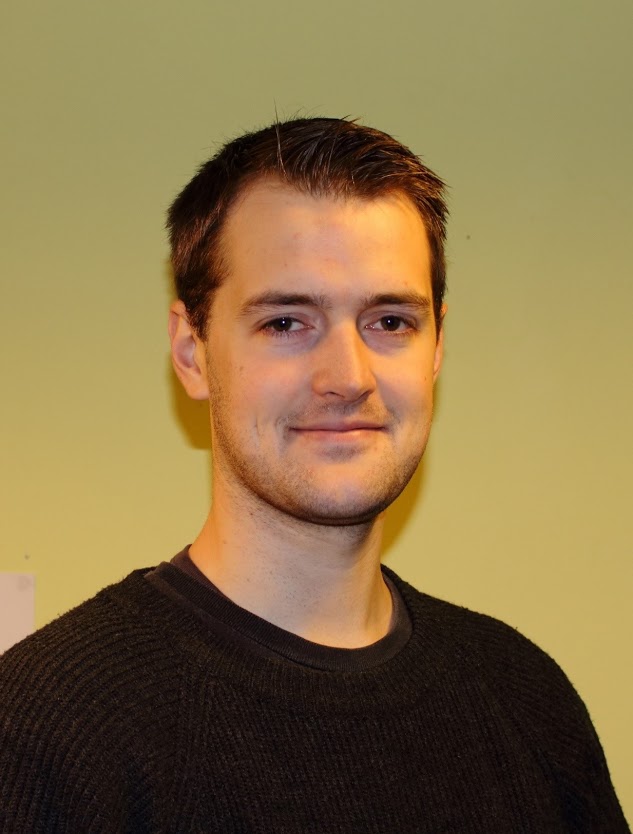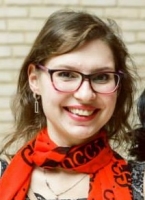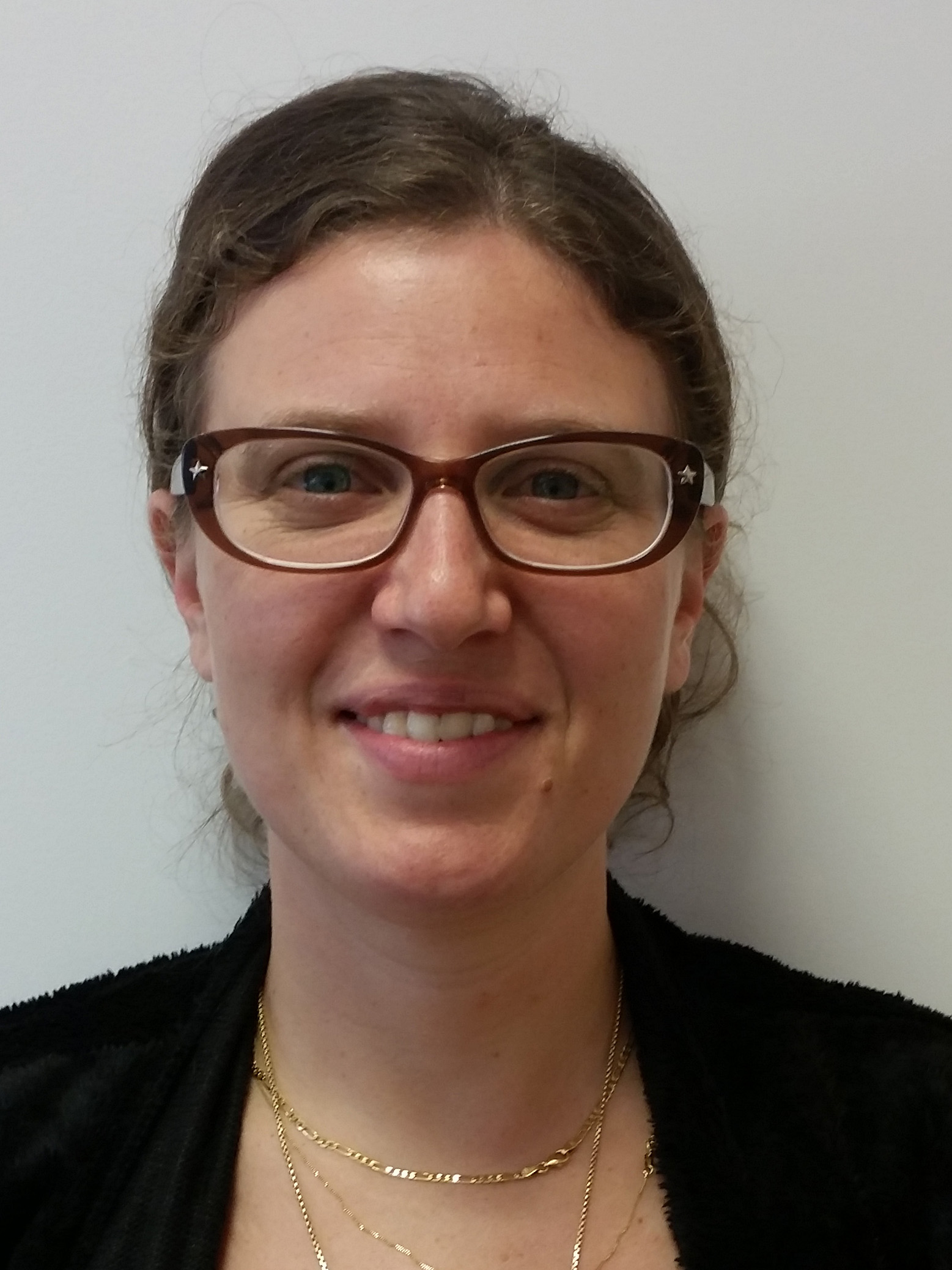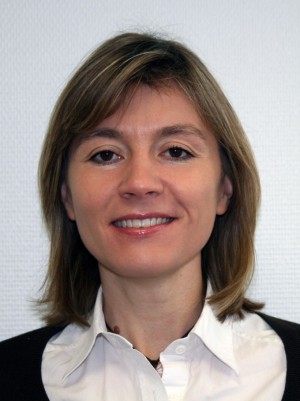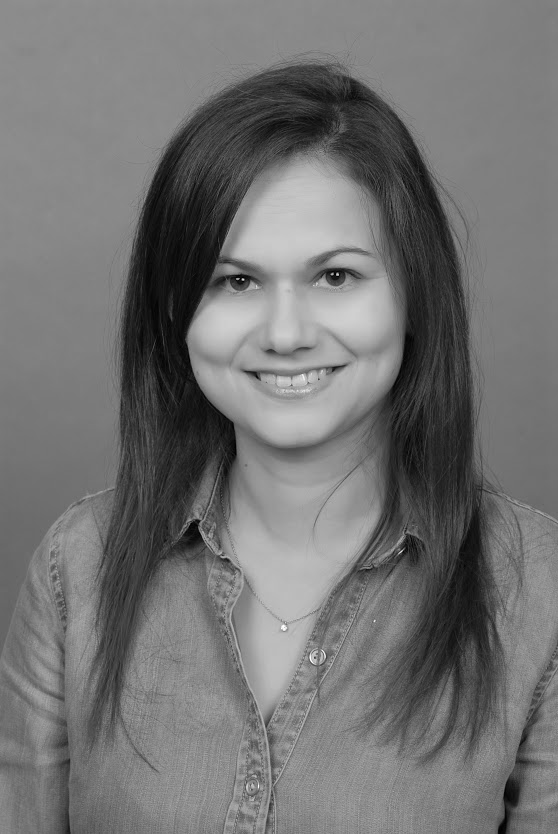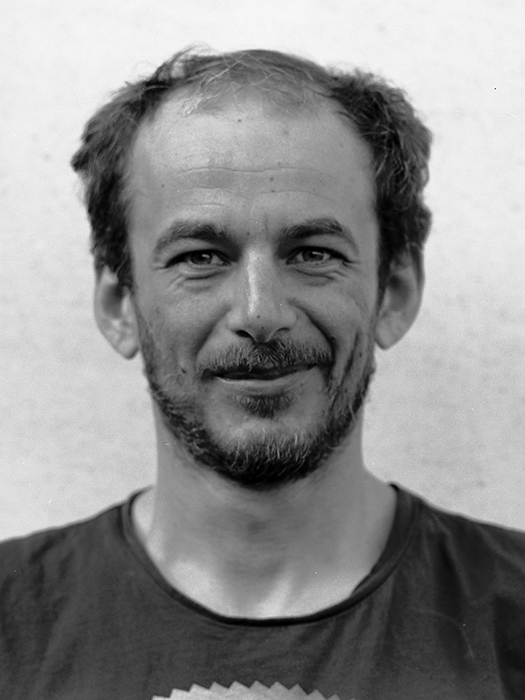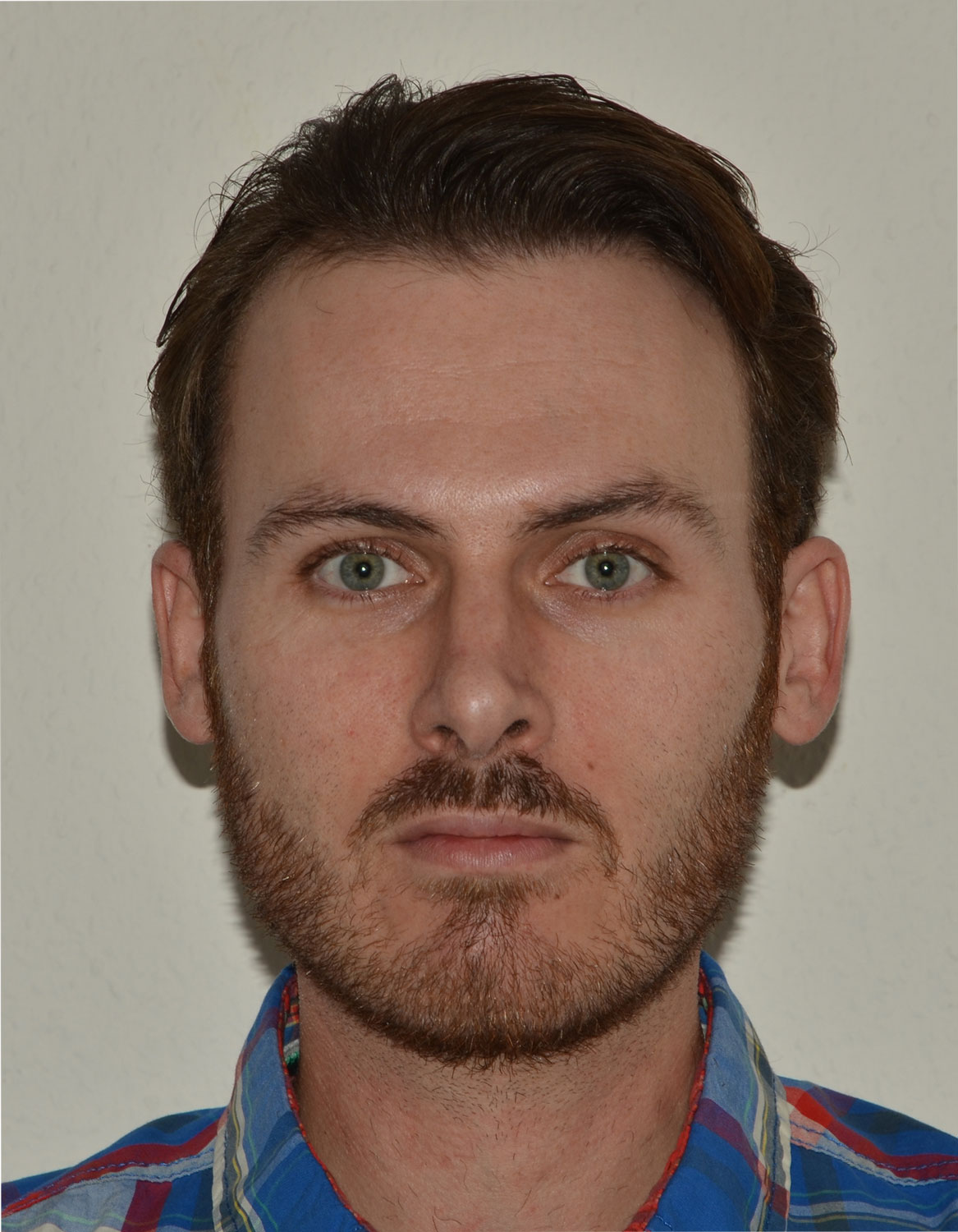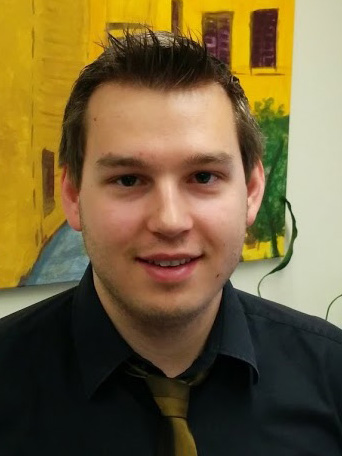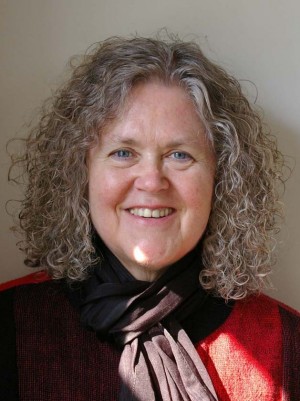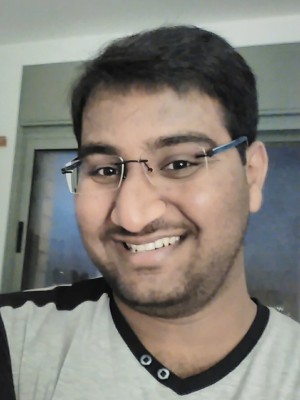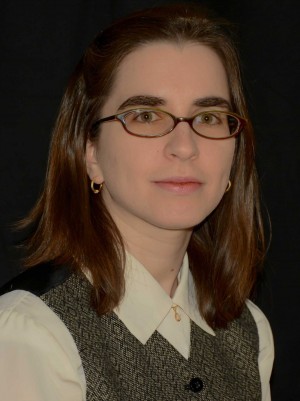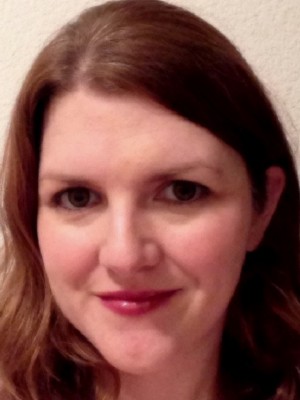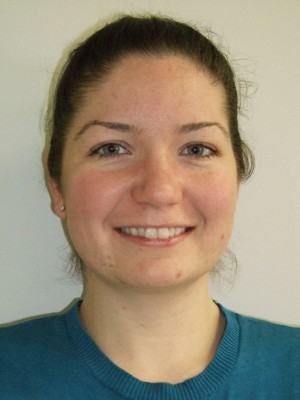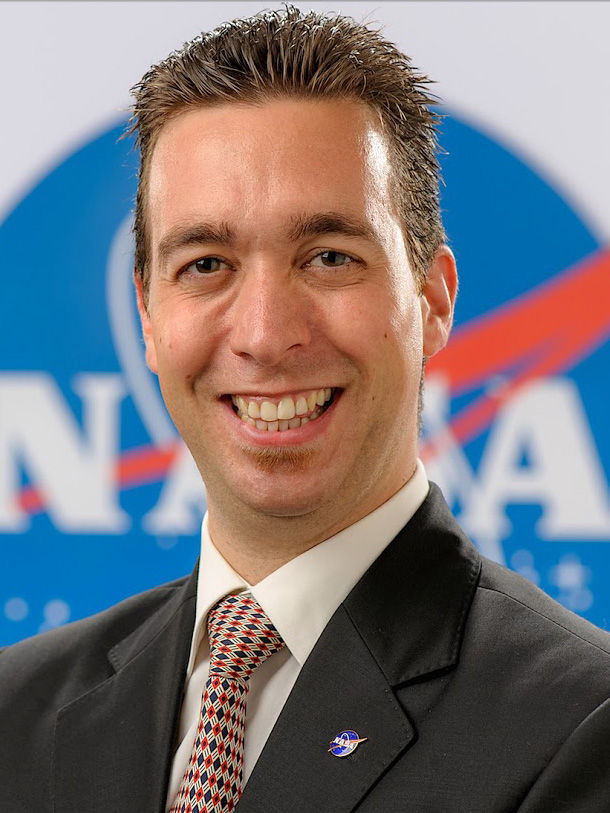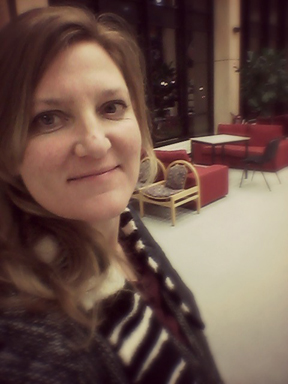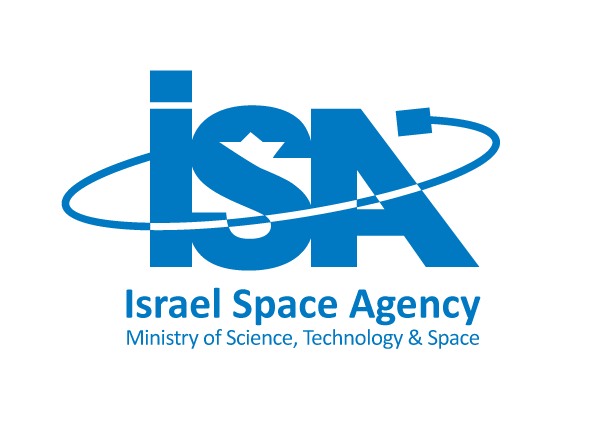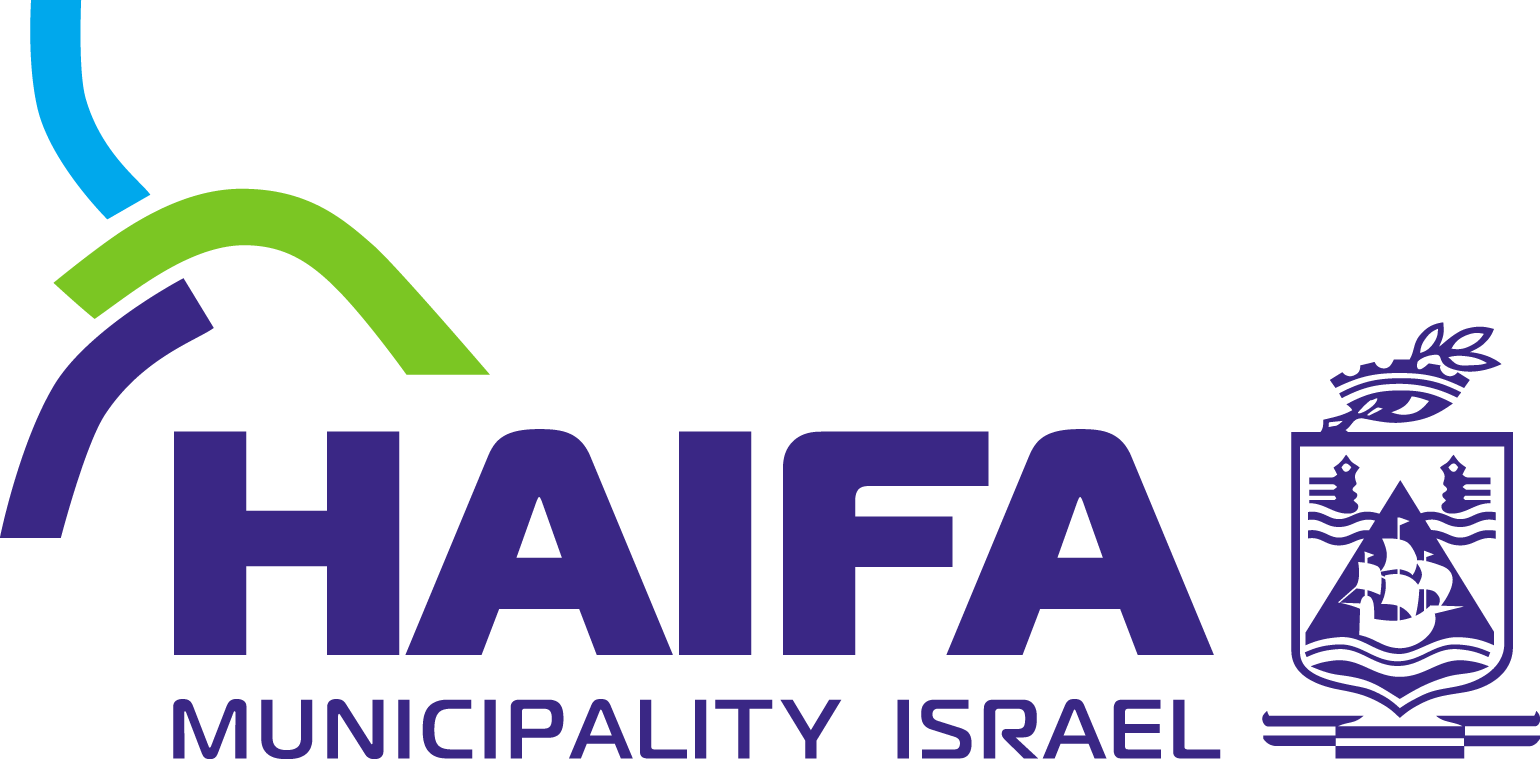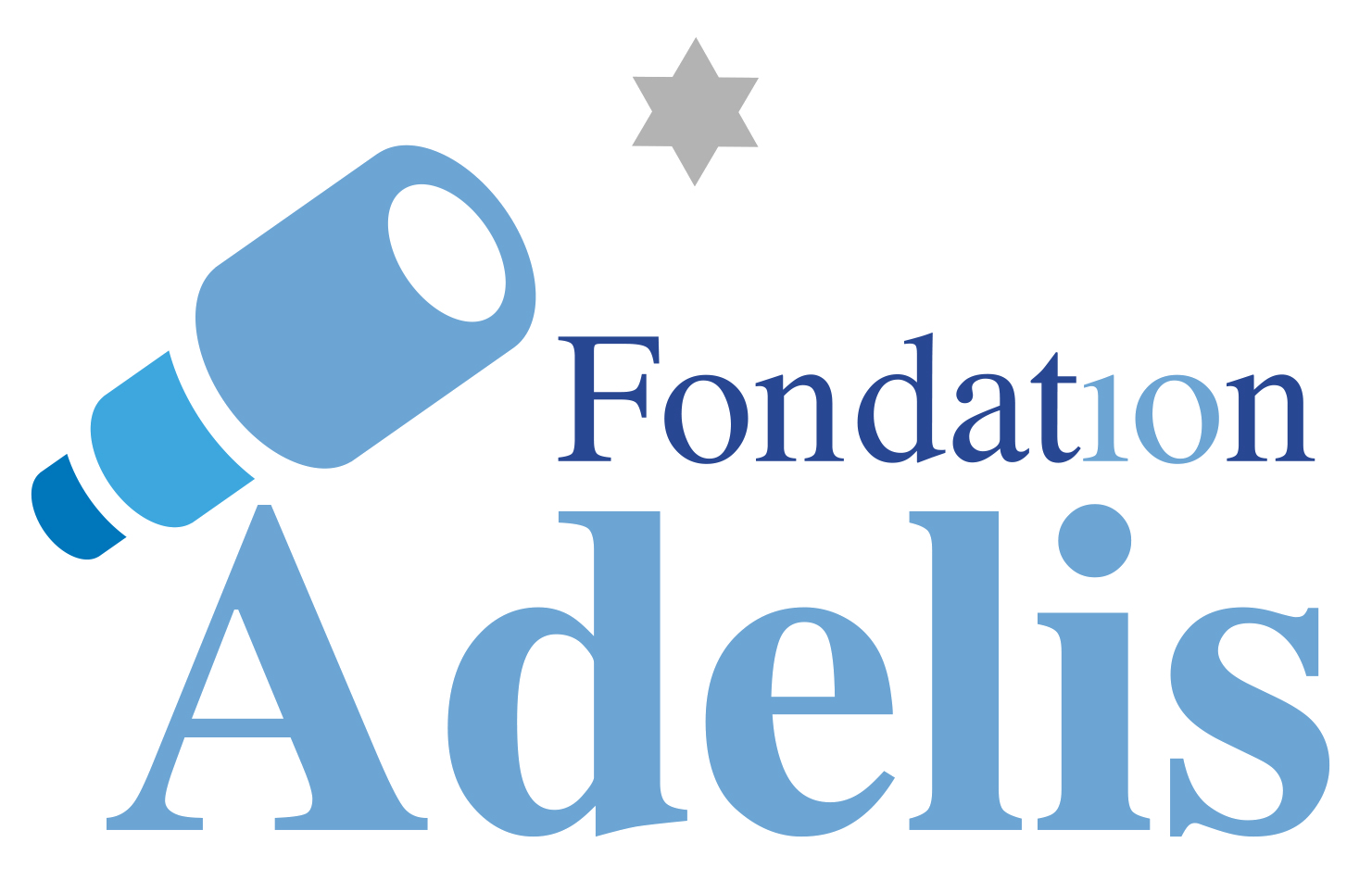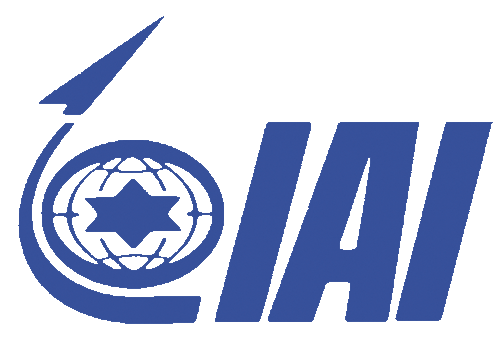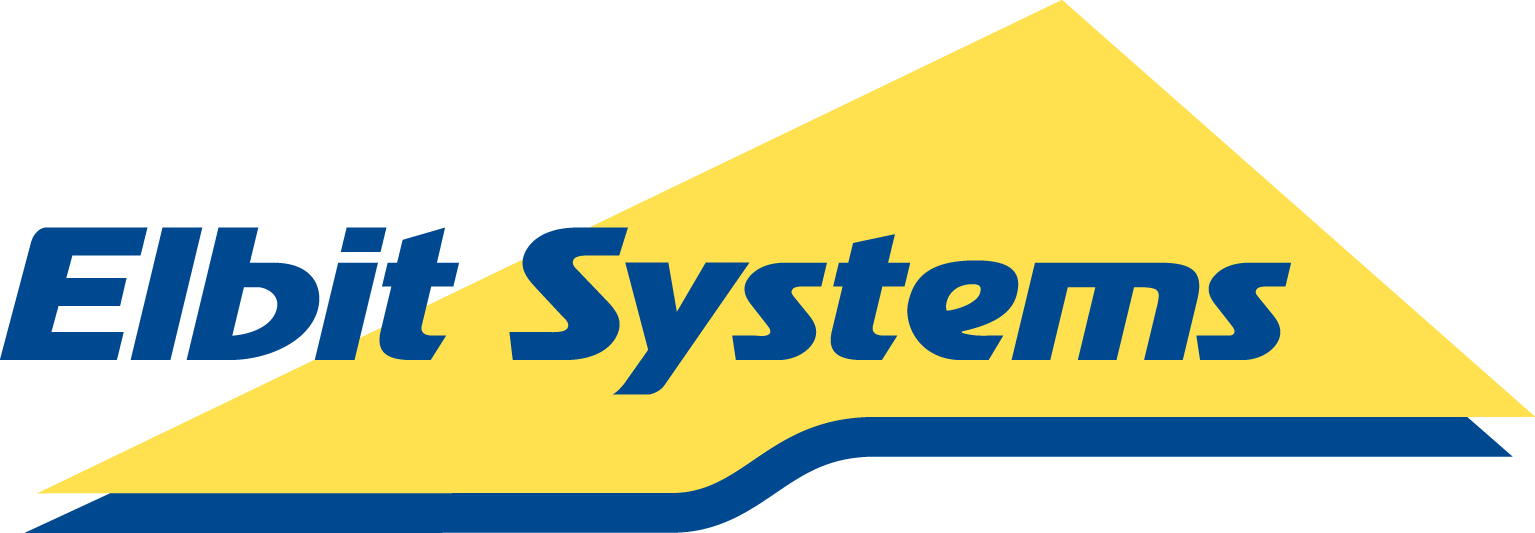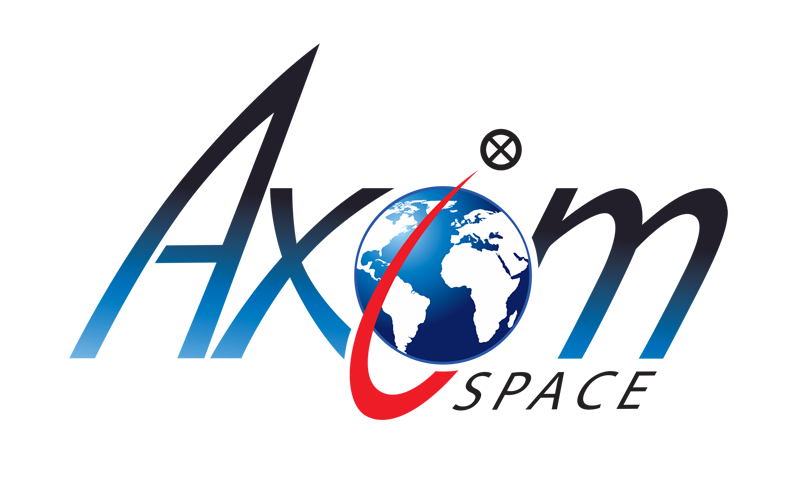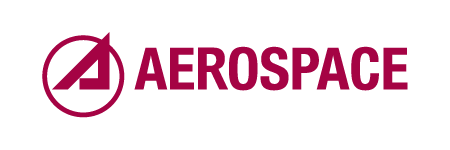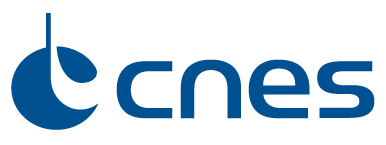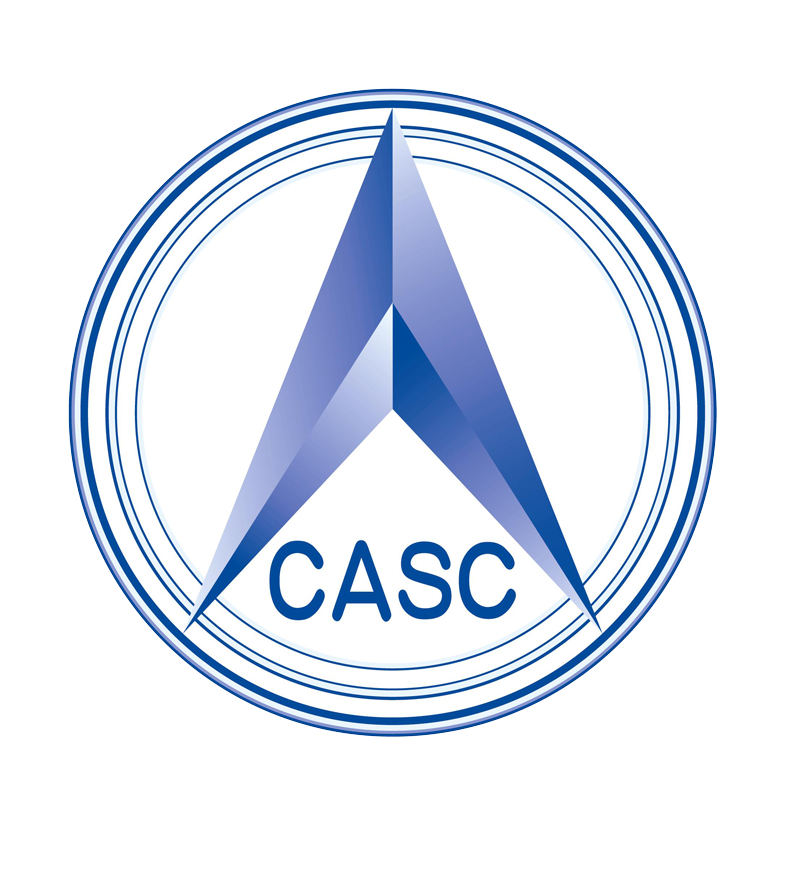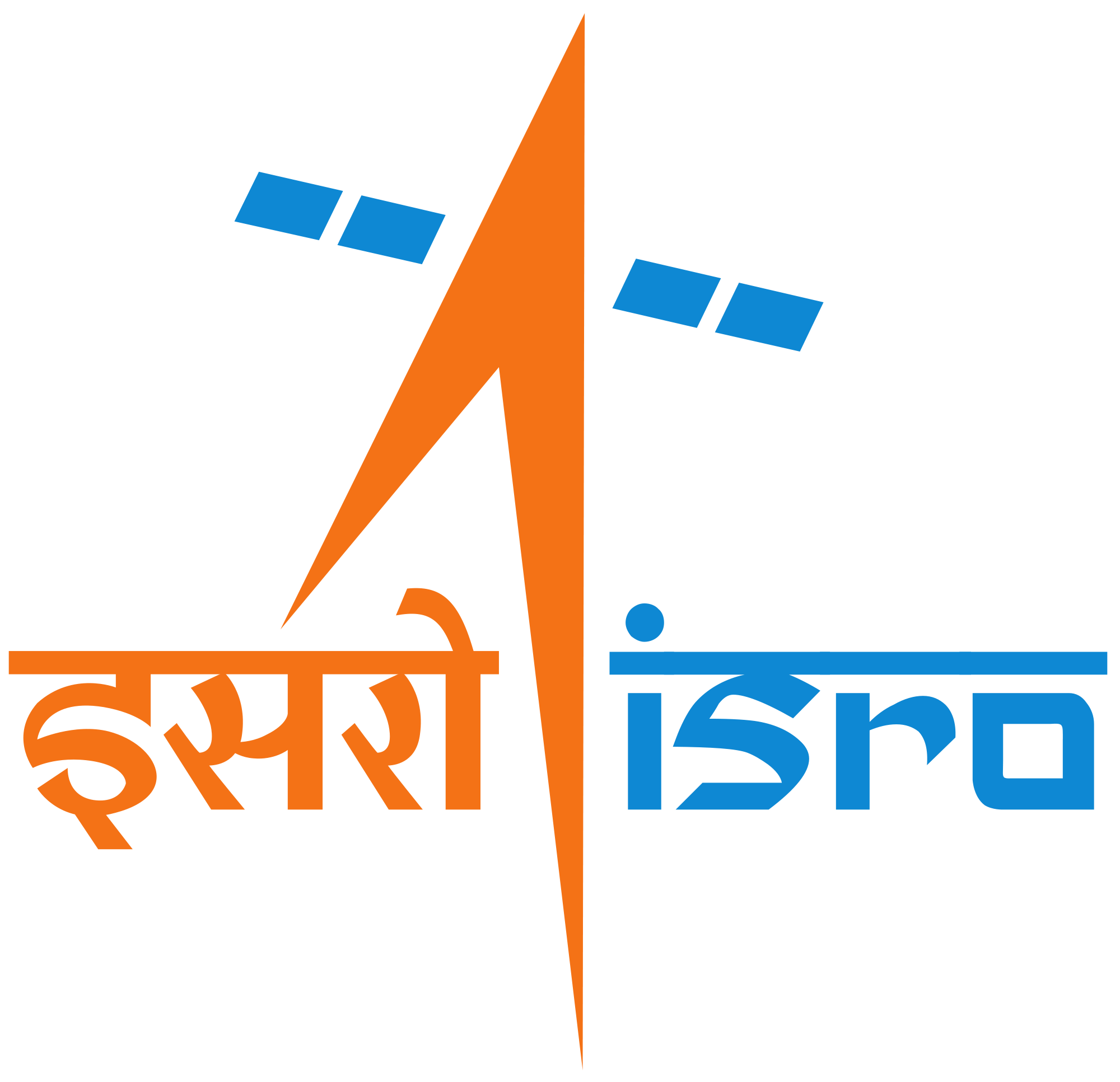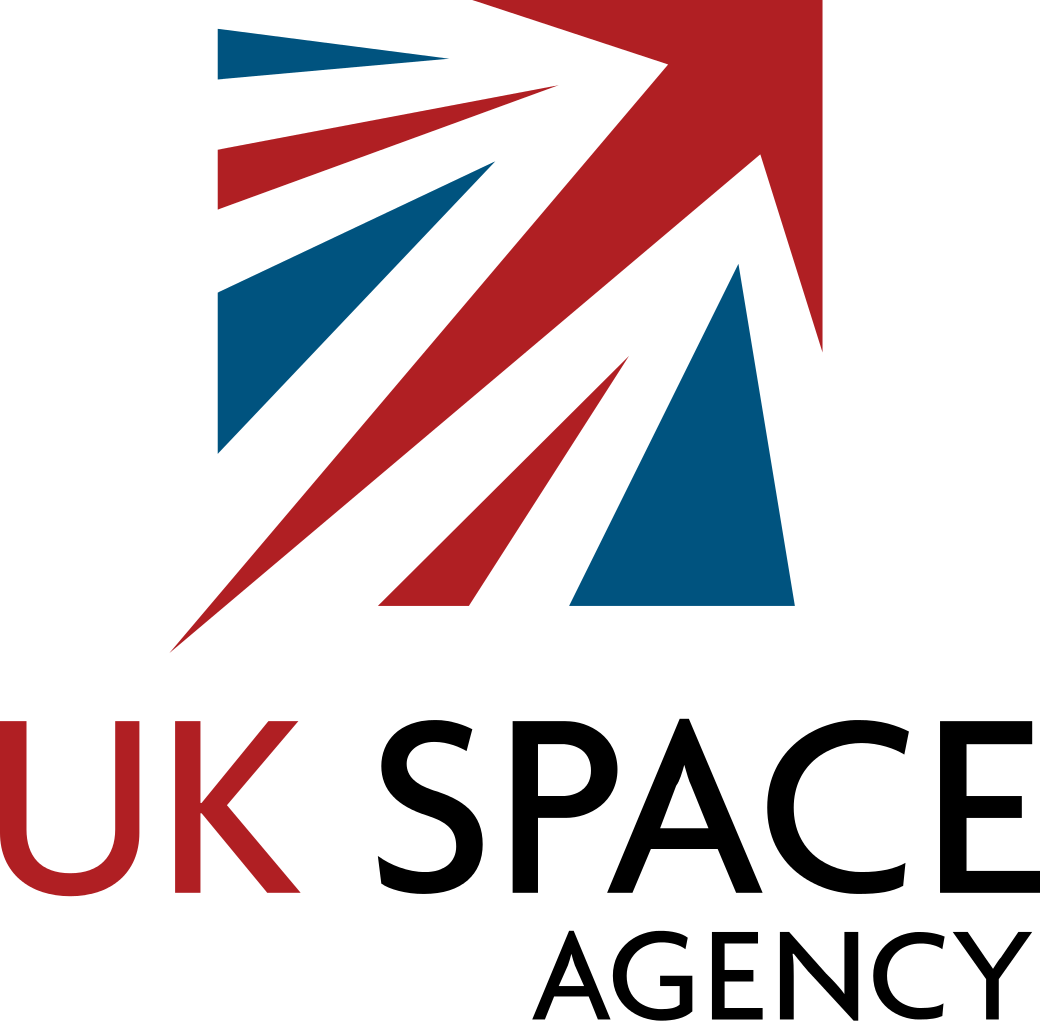Celebrating 47 years since his historic Apollo 11 moonwalk, the International Space University’s (ISU) Chancellor, Dr. Buzz Aldrin will visit ISU's 2016 Space Studies Program (SSP16). Dr. Aldrin will address SSP16 participants, faculty and the general public on the evening of 26 July 2016 in the Churchill Auditorium on the Technion campus in Haifa, Israel. Buzz Aldrin is one of only 12 humans to have walked on the moon, and is one of the leading advocates for a human Mars mission.
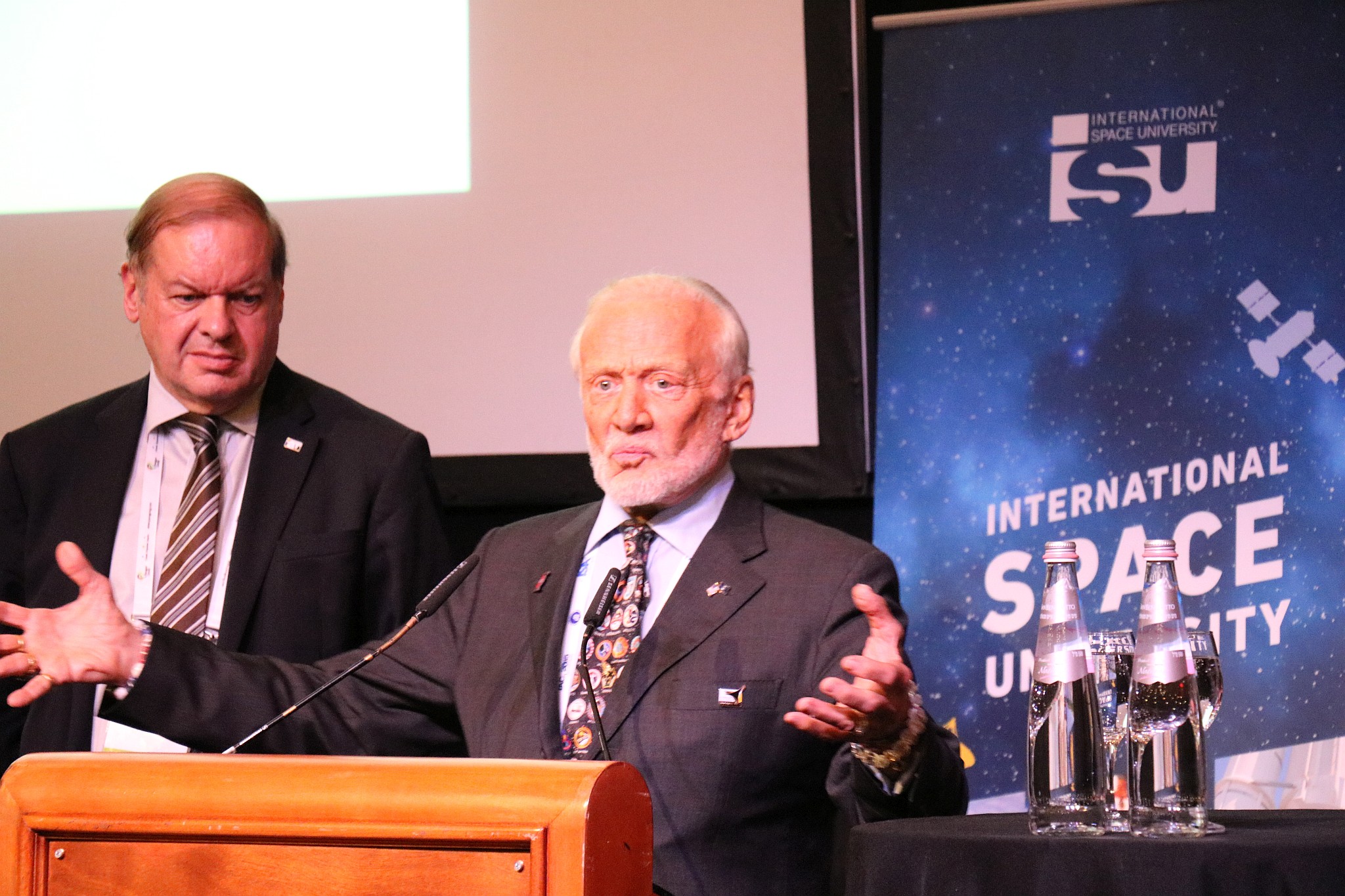
Each year, ISU honors the memory of one of its greatest supporters, Dr. Gerald Soffen, with a lecture featuring a prominent visionary in the space sector. Few are more visionary or iconic than Apollo 11 moonwalker, Dr. Buzz Aldrin.
Dr. Aldrin earned his Doctorate of Science in Astronautics at the Massachusetts Institute of Technology (MIT) and wrote his thesis on Manned Orbital Rendezvous. He was selected by the National Aeronautics and Space Administration (NASA) in 1963 into the third group of astronauts, and earned the nickname “Dr. Rendezvous.” The docking and rendezvous techniques he devised are still used today. He also pioneered underwater training techniques, as a substitute for zero gravity flights, to simulate spacewalking.
In 1966 on the Gemini 12 orbital mission, Buzz set an EVA record for a 5 ½ hour spacewalk. On July 20, 1969, Buzz and Neil Armstrong made their historic Apollo 11 moonwalk, becoming the first two humans to set foot on another world. They spent 21 hours on the lunar surface and returned with 46 pounds of moon rocks. An estimated 600 million people – at that time, the world’s largest television audience in history – witnessed this unprecedented heroic endeavor.
Since retiring from NASA, Buzz has remained a vocal proponent of human space exploration. He devised a master plan for missions to Mars known as the “Aldrin Mars Cycler”, and has received three US patents for his schematics of a modular space station, Starbooster reusable rockets, and multi-crew modules for space flight. He founded Starcraft Boosters, Inc., a rocket design company, and Buzz Aldrin’s ShareSpace Foundation, a nonprofit devoted to addressing science literacy for children by igniting their passion for science, technology, engineering, arts and math (STEAM) through delivering hands-on STEAM activities and inspirational messages.
Dr. Aldrin is an author of nine books including his New York Times best-selling autobiography entitled, “Magnificent Desolation”. He continues to inspire today’s youth with his illustrated children’s books: Reaching for the Moon, Look to the Stars, and recently released Welcome to Mars: Making a Home on the Red Planet. His 2013 book, “Mission to Mars: My Vision for Space Exploration”, outlines his plan to get us beyond the moon and on to Mars. As one of the leading space exploration advocates, Buzz continues to chart a course for future space travel and is passionate about inspiring the younger generations of future explorers and innovators.
The SSP is an intense two-month program which offers the participants a unique and comprehensive professional development experience covering all aspects of space programs and enterprises. This session located for the first time in the Middle East, is hosted by The Technion, Haifa, Israel, one of the first universities having launched a satellite and holding a space program.
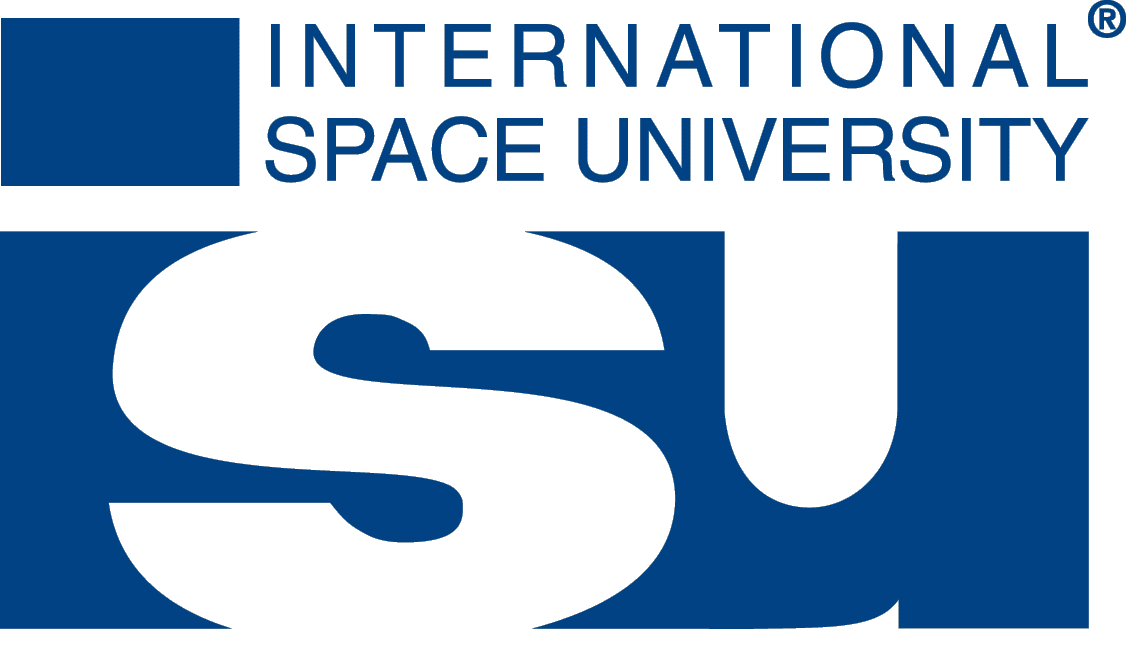
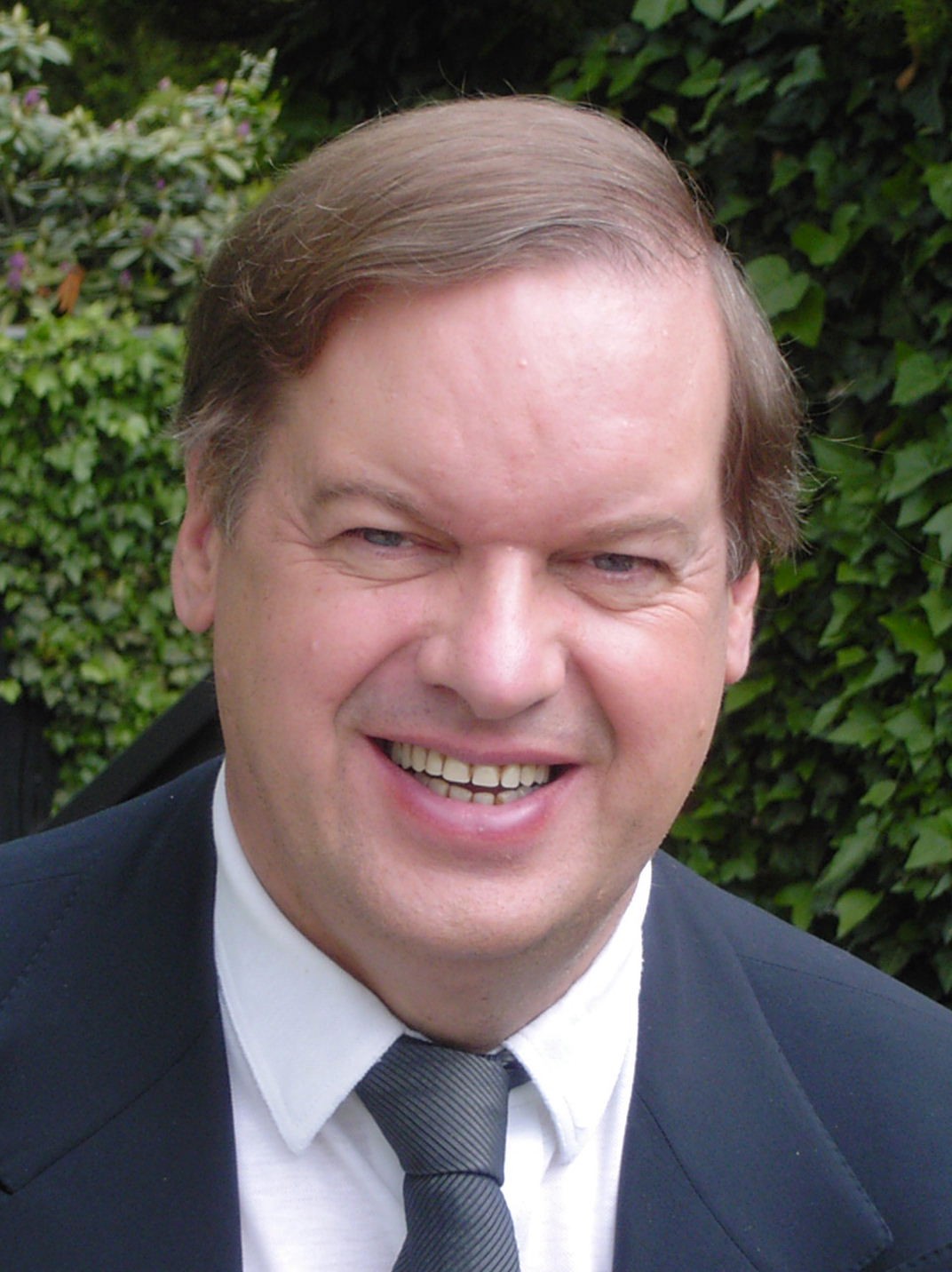
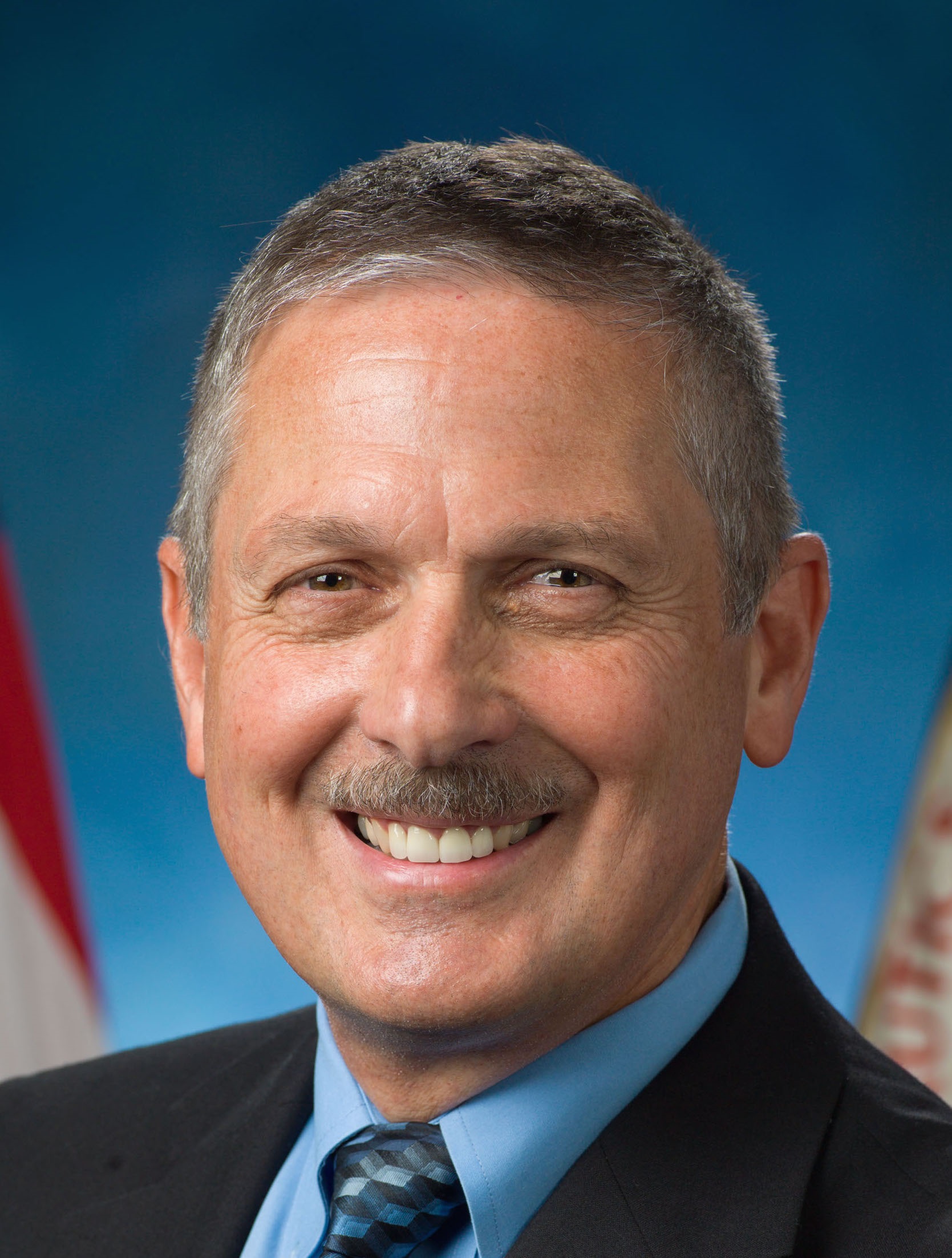

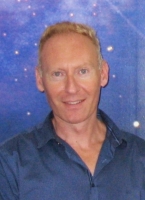
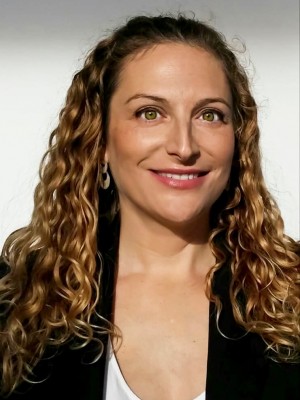
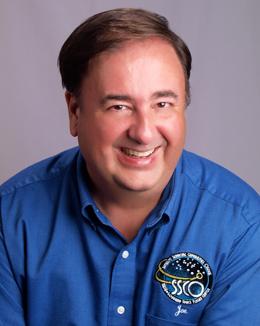
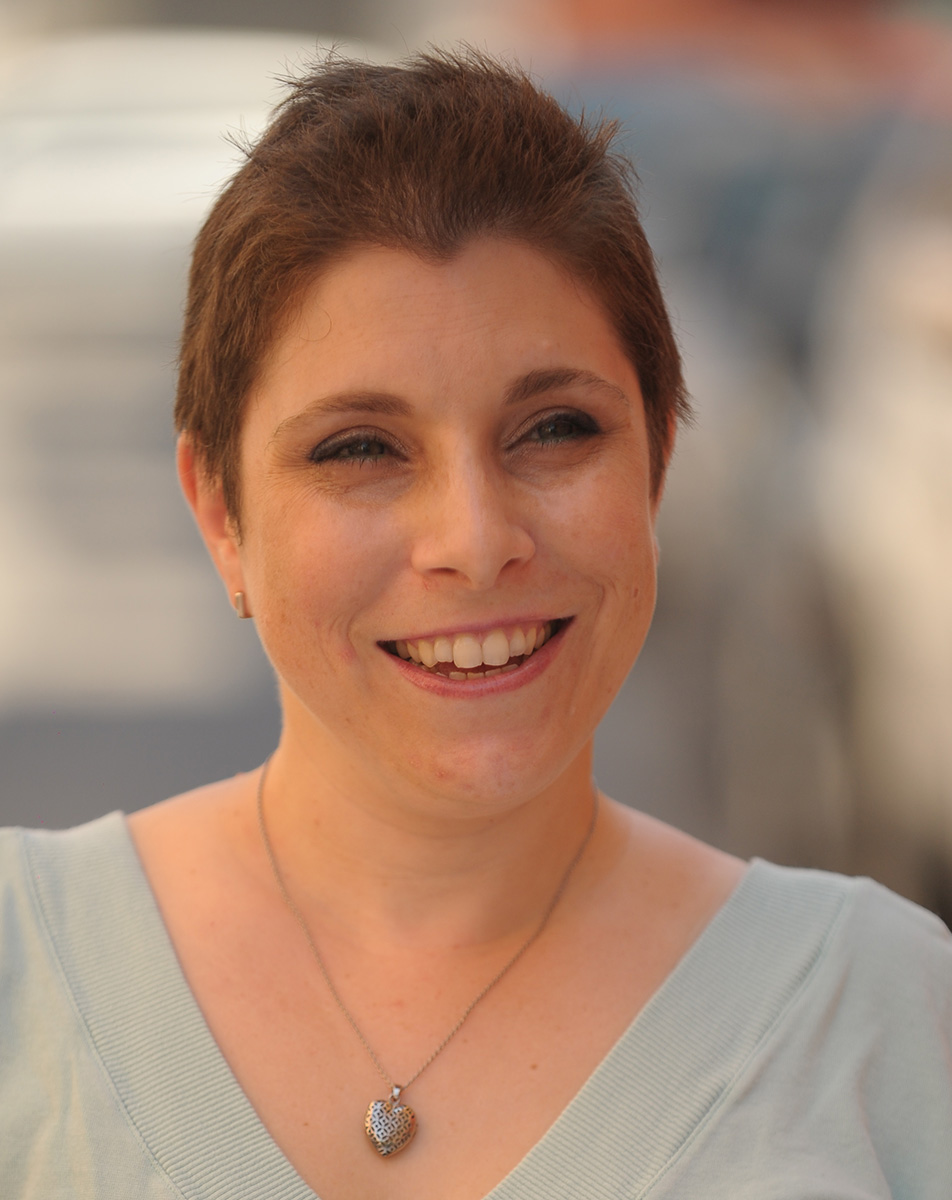
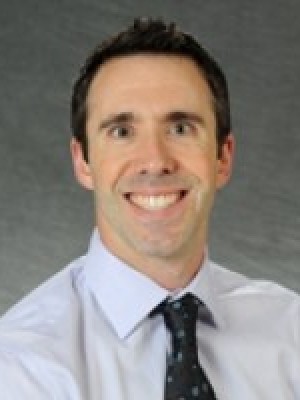
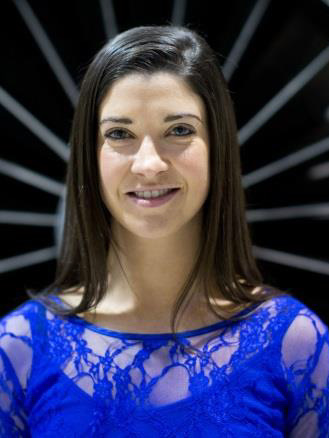

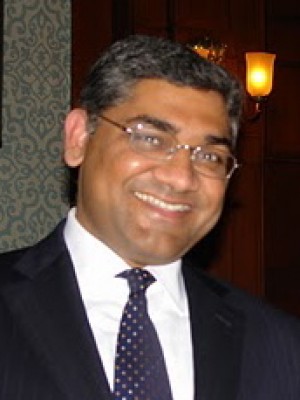
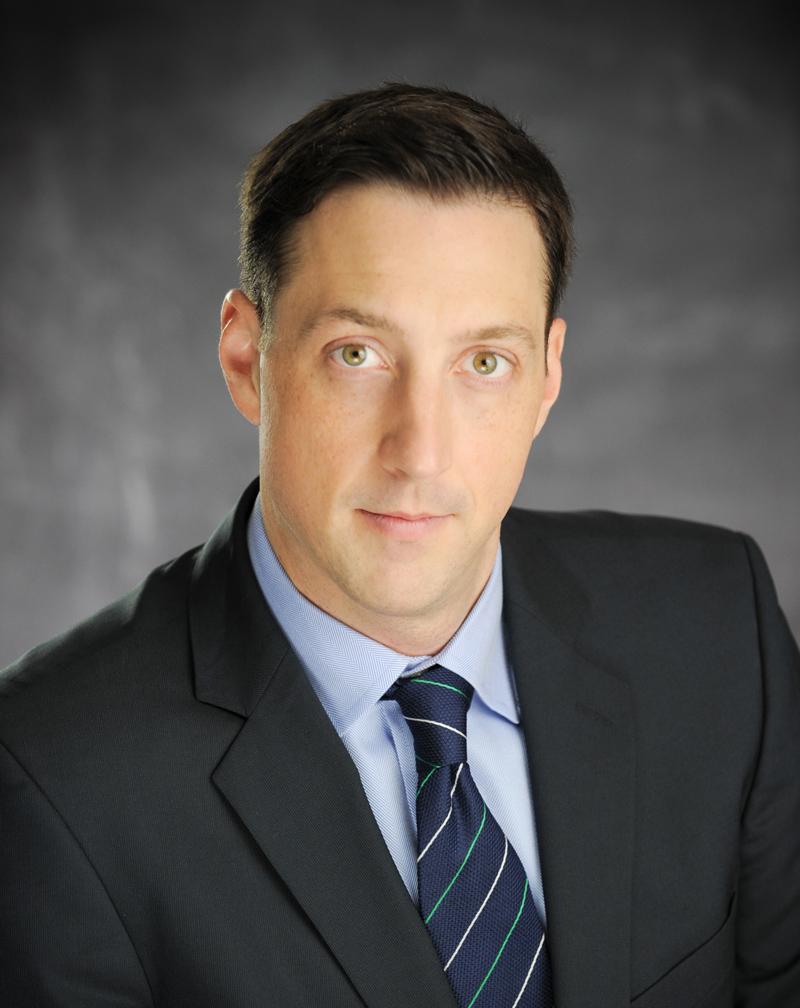
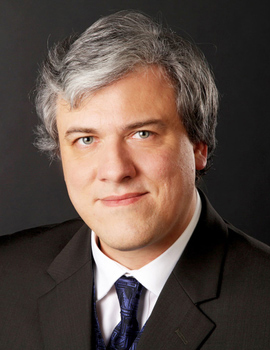
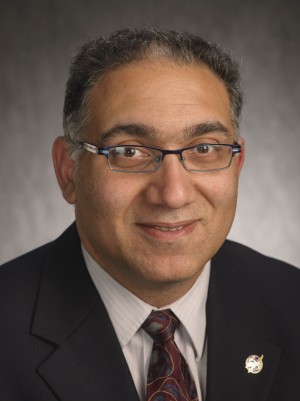
 The International Space University (ISU) provides graduate-level training to the future leaders of the emerging global space community. This 29th Space Studies Program (SSP) was an eight week program that covered the main space related fields.
The International Space University (ISU) provides graduate-level training to the future leaders of the emerging global space community. This 29th Space Studies Program (SSP) was an eight week program that covered the main space related fields.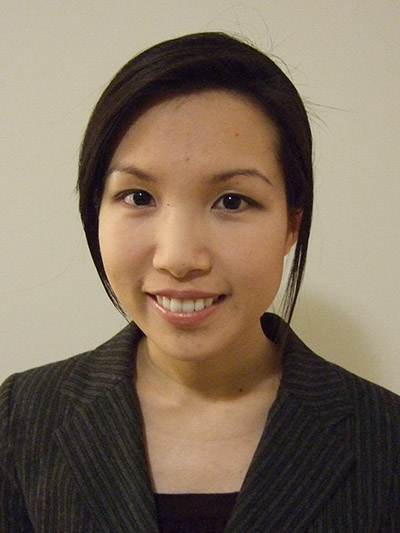
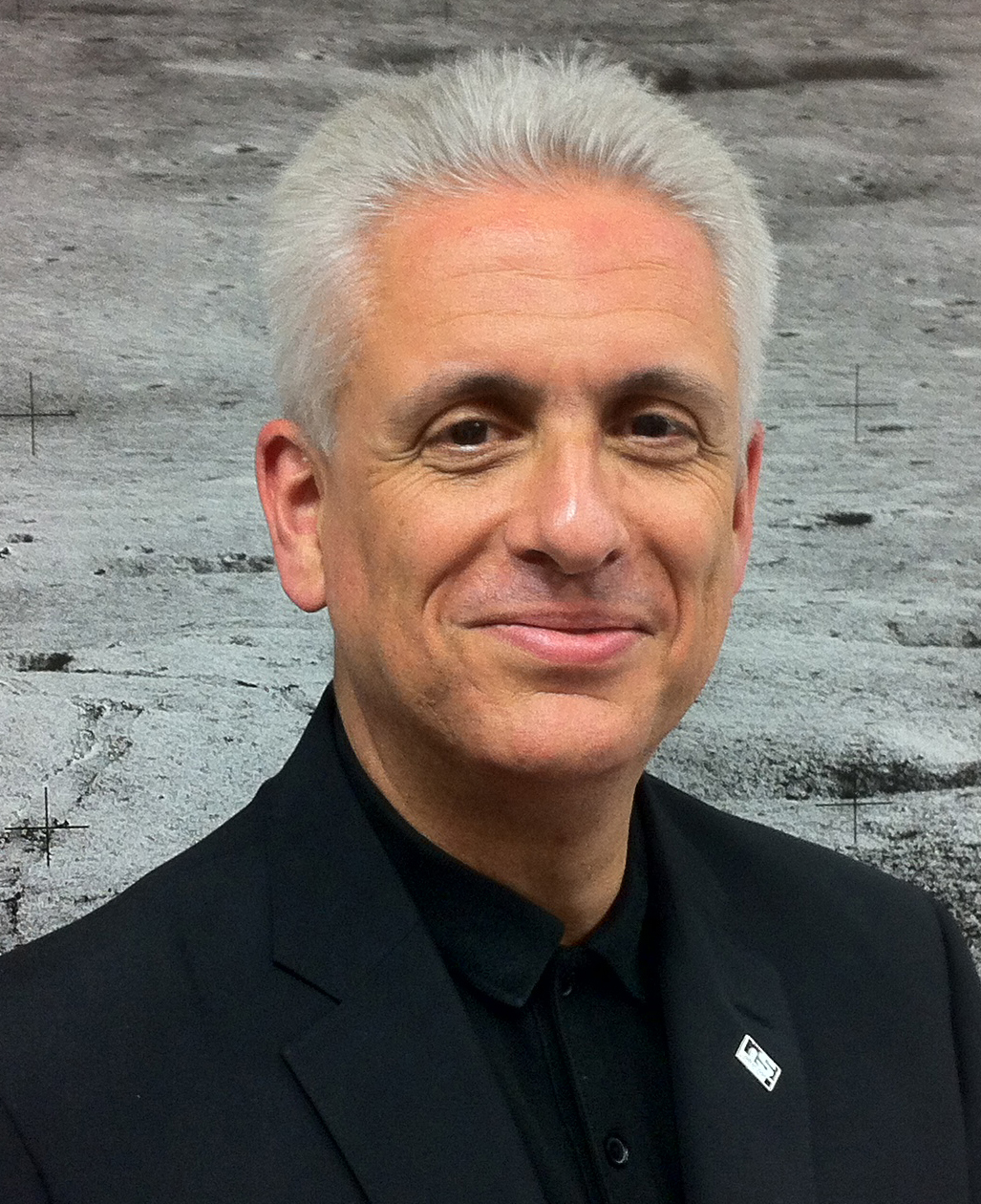
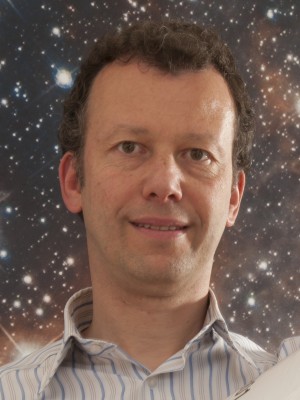
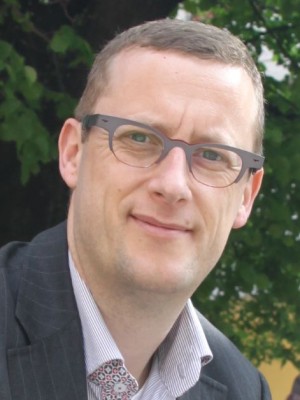
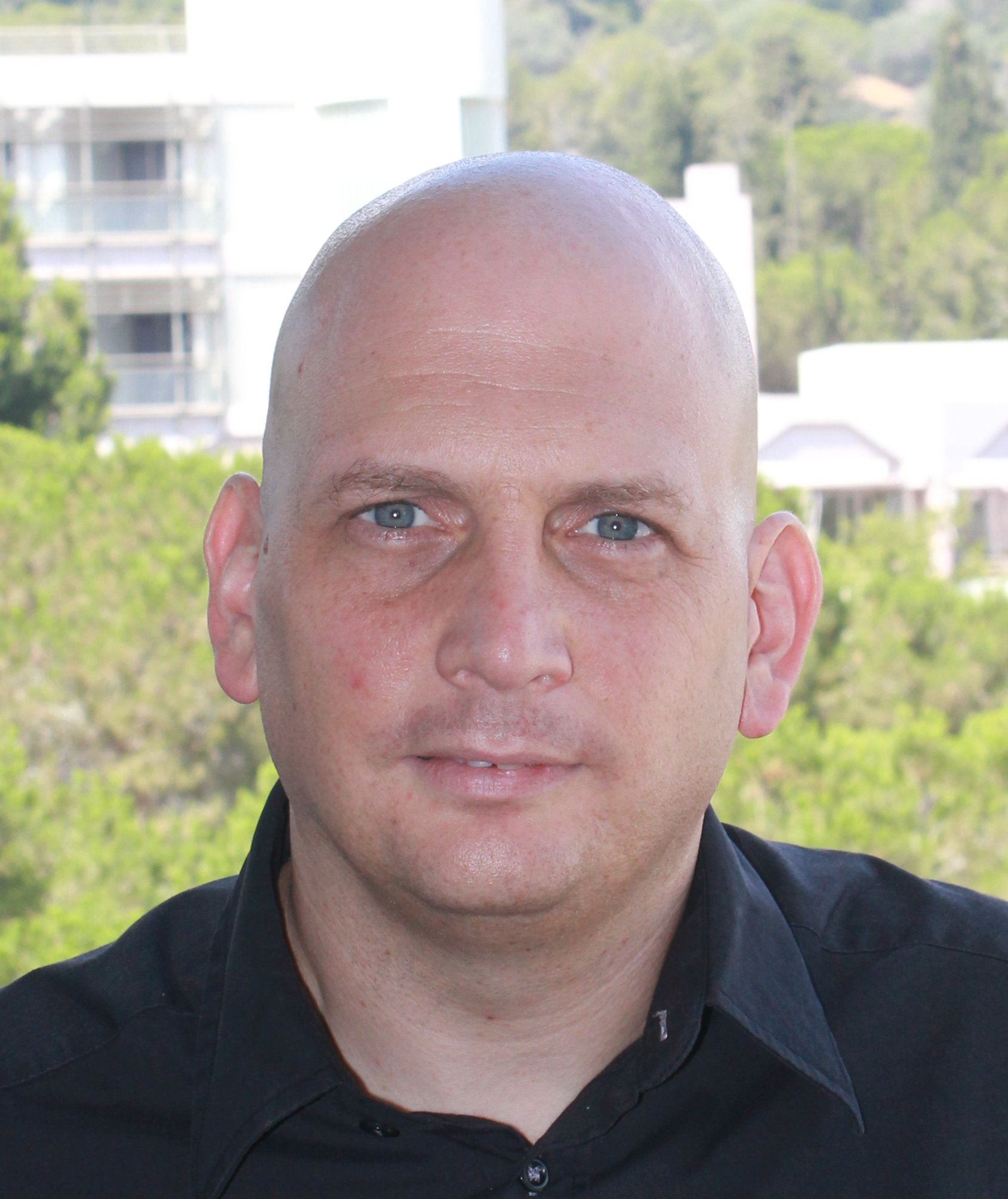
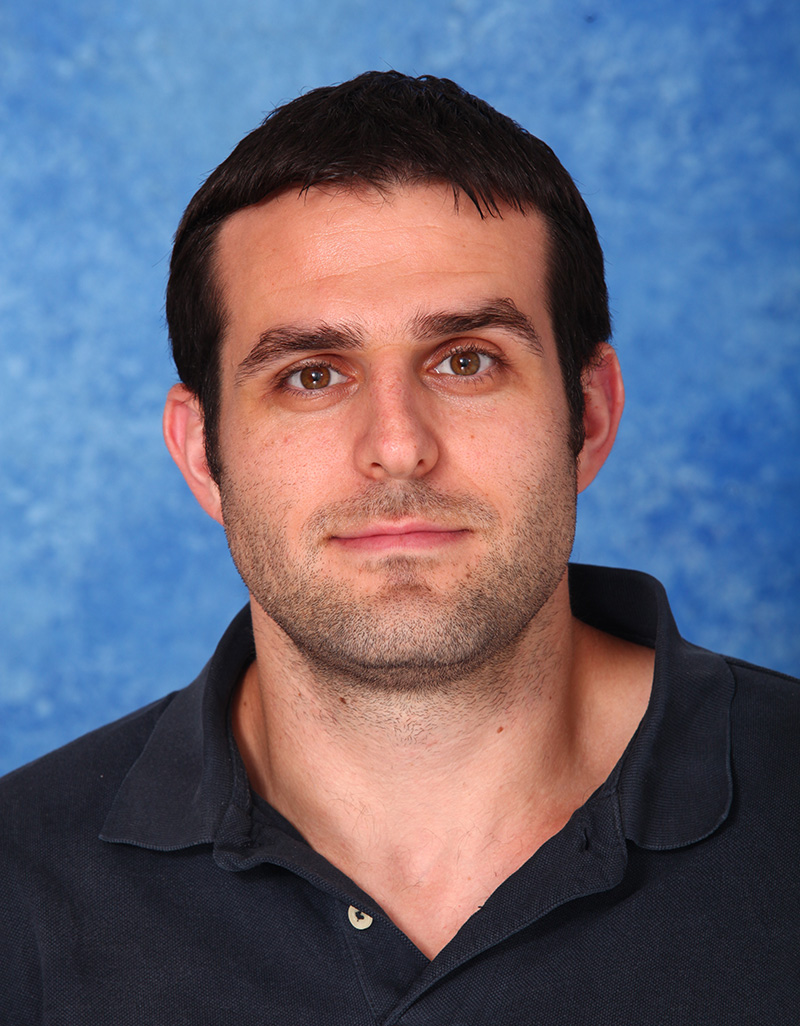
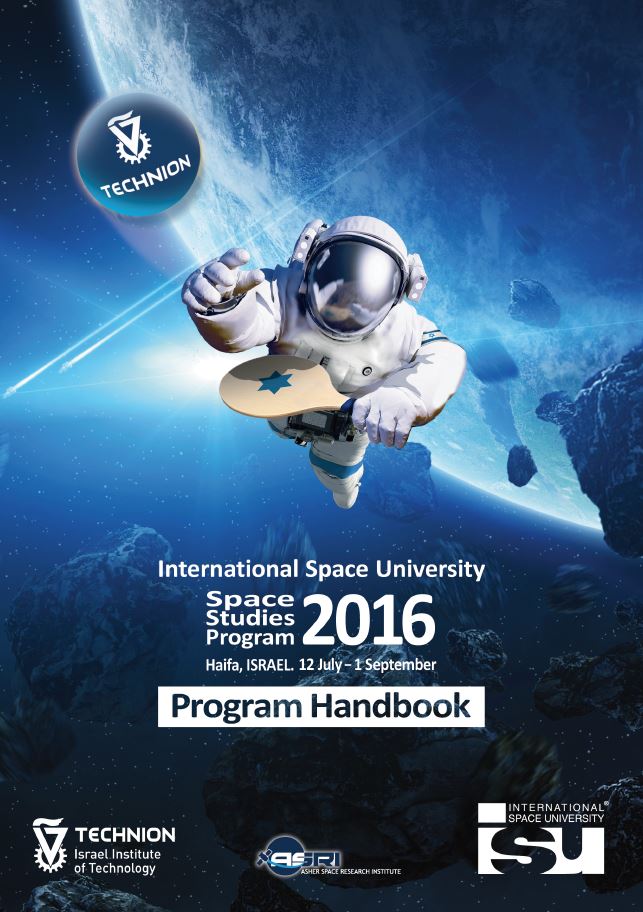
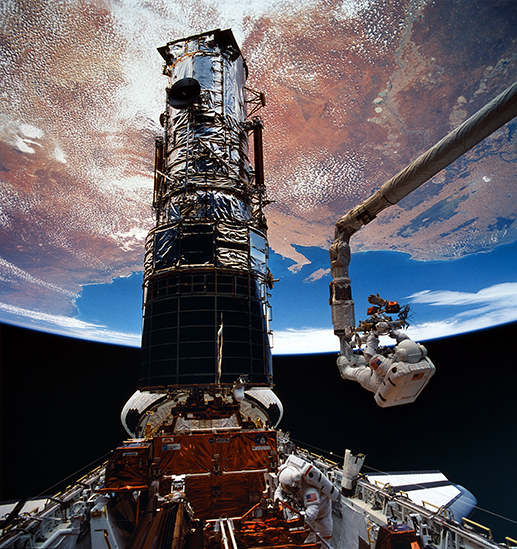
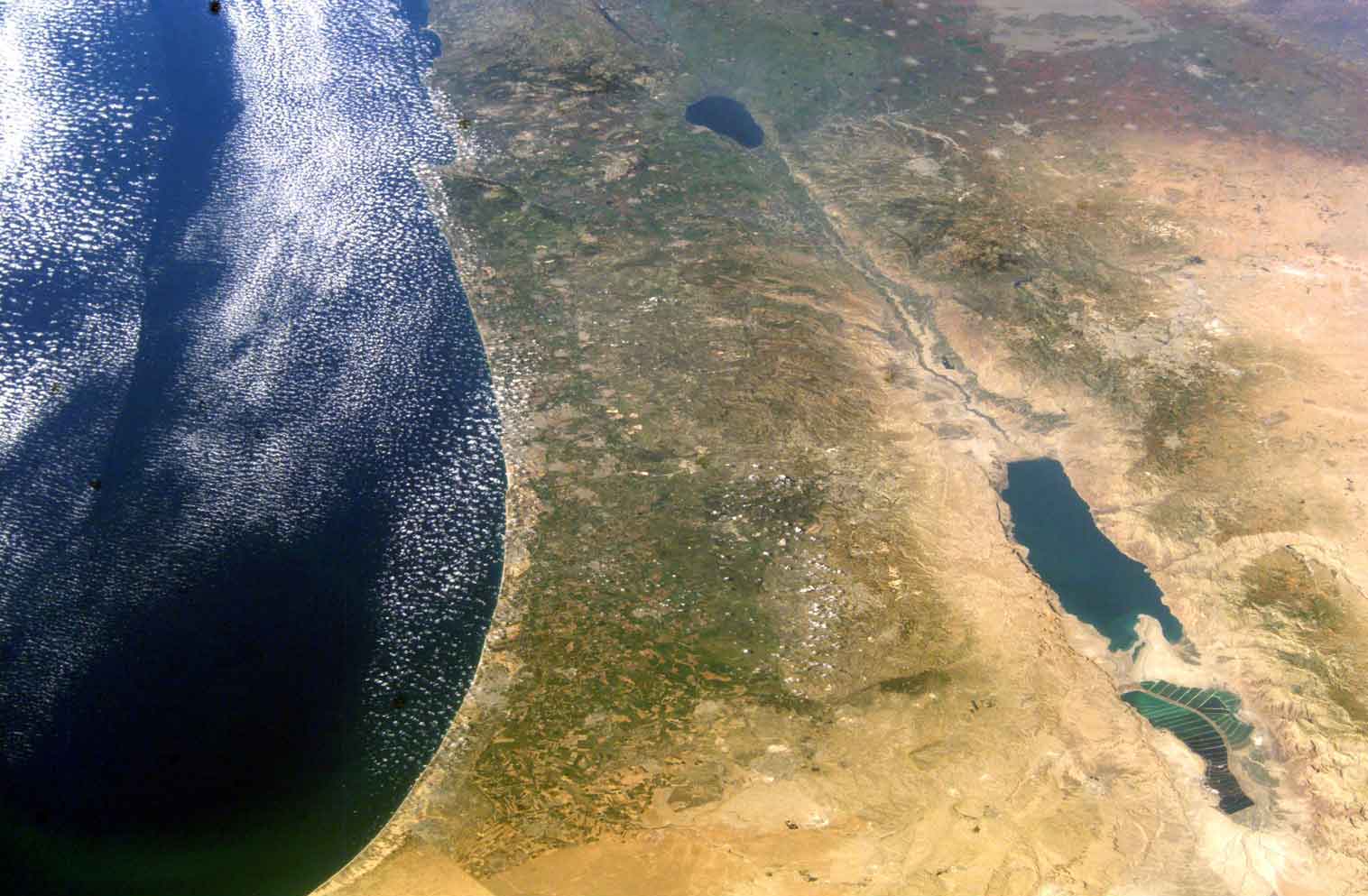
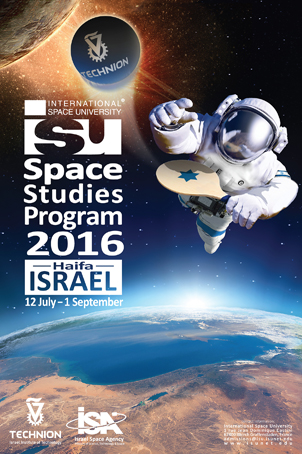 This year again a large number of Faculty applied to be a Chair of either the core lectures, departments or team projects, all of which compose the two-month Space Studies Program.
This year again a large number of Faculty applied to be a Chair of either the core lectures, departments or team projects, all of which compose the two-month Space Studies Program.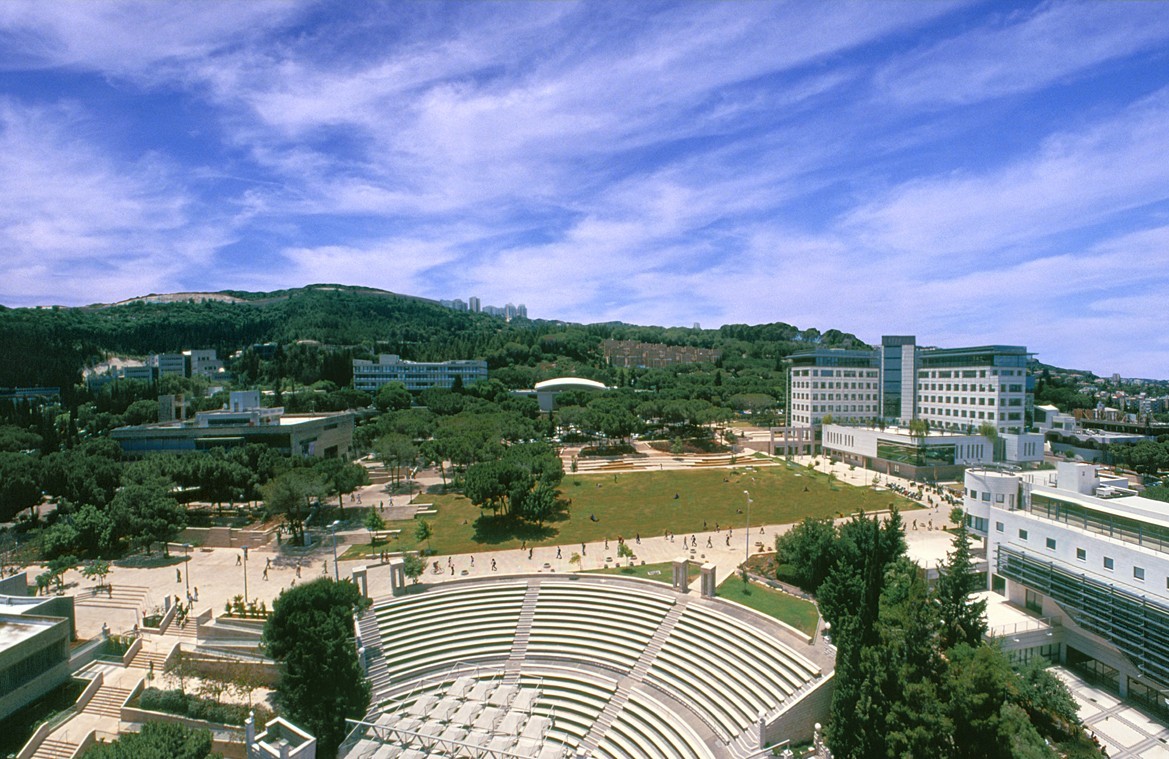 The International Space University (ISU) is proud to announce that the 29th annual Space Studies Program (SSP) session will be hosted by the Technion Institute, Haifa in Israel from 12 July – 01 September 2016.
The International Space University (ISU) is proud to announce that the 29th annual Space Studies Program (SSP) session will be hosted by the Technion Institute, Haifa in Israel from 12 July – 01 September 2016.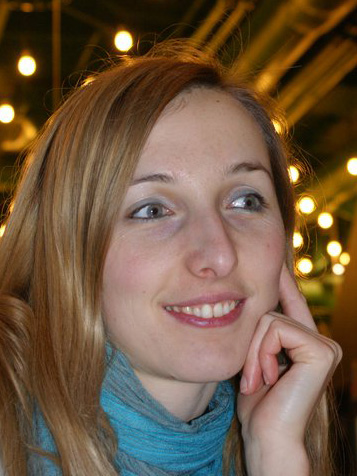
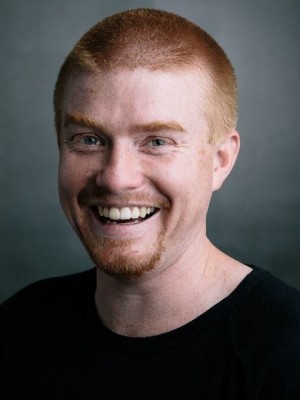


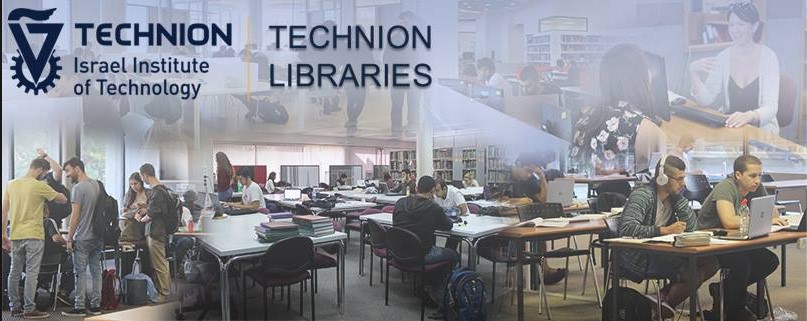
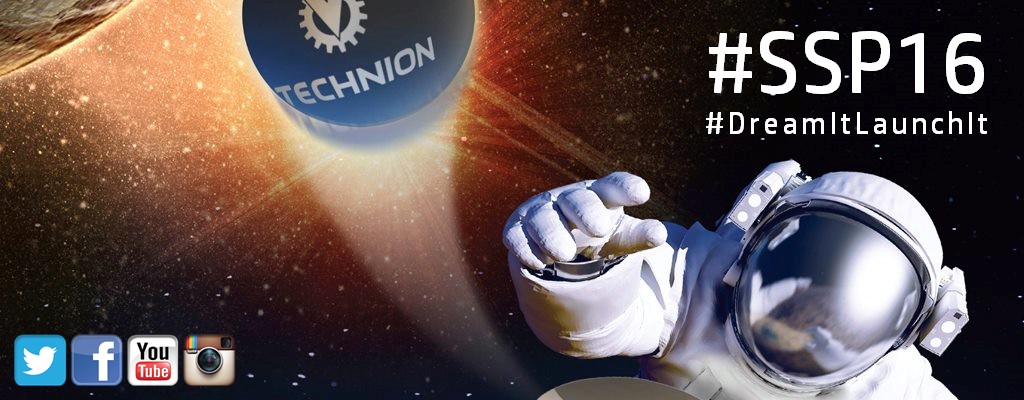

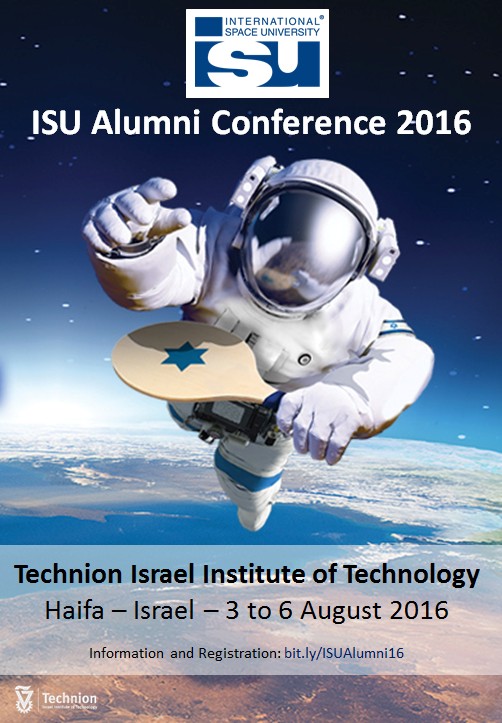
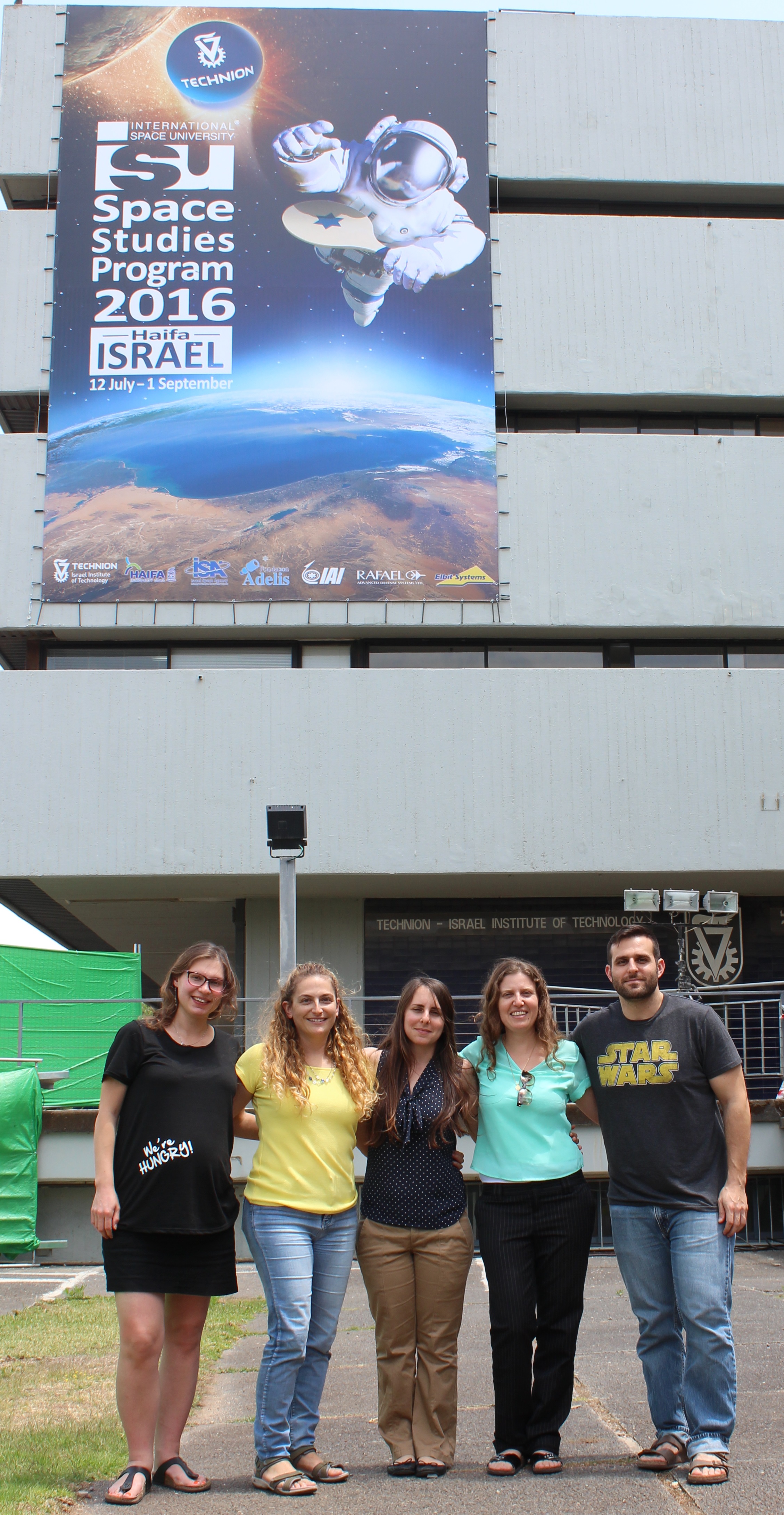
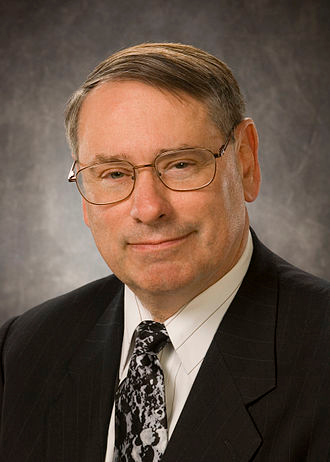 At the Royal Society in London on July 20, 2015, Yuri Milner, Stephen Hawking and Lord Martin Rees announced a set of initiatives — a scientific programme aimed at finding evidence of technological life beyond Earth entitled ‘Breakthrough Listen', and a contest to devise potential messages named 'Breakthrough Message’. In addition, atop the One World Trade Center in New York on April 20, 2016, 'Breakthrough Starshot' was announced, an interstellar programme to Alpha Centauri. These are the first of several privately-funded global initiatives to answer the fundamental science questions surrounding the origin, extent and nature of life in the universe. The Breakthrough Initiatives are managed by the Breakthrough Prize Foundation.
At the Royal Society in London on July 20, 2015, Yuri Milner, Stephen Hawking and Lord Martin Rees announced a set of initiatives — a scientific programme aimed at finding evidence of technological life beyond Earth entitled ‘Breakthrough Listen', and a contest to devise potential messages named 'Breakthrough Message’. In addition, atop the One World Trade Center in New York on April 20, 2016, 'Breakthrough Starshot' was announced, an interstellar programme to Alpha Centauri. These are the first of several privately-funded global initiatives to answer the fundamental science questions surrounding the origin, extent and nature of life in the universe. The Breakthrough Initiatives are managed by the Breakthrough Prize Foundation.